Museums are containers of history and culture, serving as vessels for the beautiful life of a city. Beijing, a city with a history spanning thousands of years, is home to countless cultural treasures. Among them, the museums of intangible cultural heritage in Beijing stand out as time capsules, preserving the endangered traditional crafts and stories that are at risk of being forgotten. Let us step into these intangible cultural heritage museums and witness the breathtaking beauty of these enduring masterpieces.
China Intangible Cultural Heritage Museum
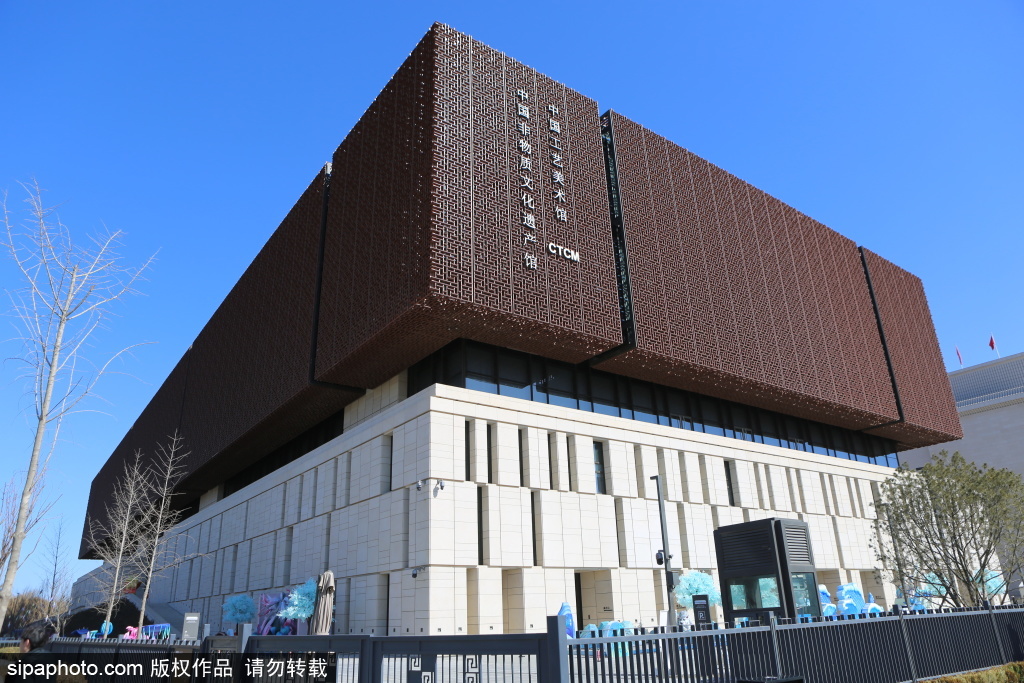
China National Arts and Crafts Museum (China Intangible Cultural Heritage Museum) is a non-profit public institution under the Ministry of Culture and Tourism. It is dedicated to the preservation and exhibition of exemplary Chinese arts and crafts, spotlighting key projects representing China's intangible cultural heritage.
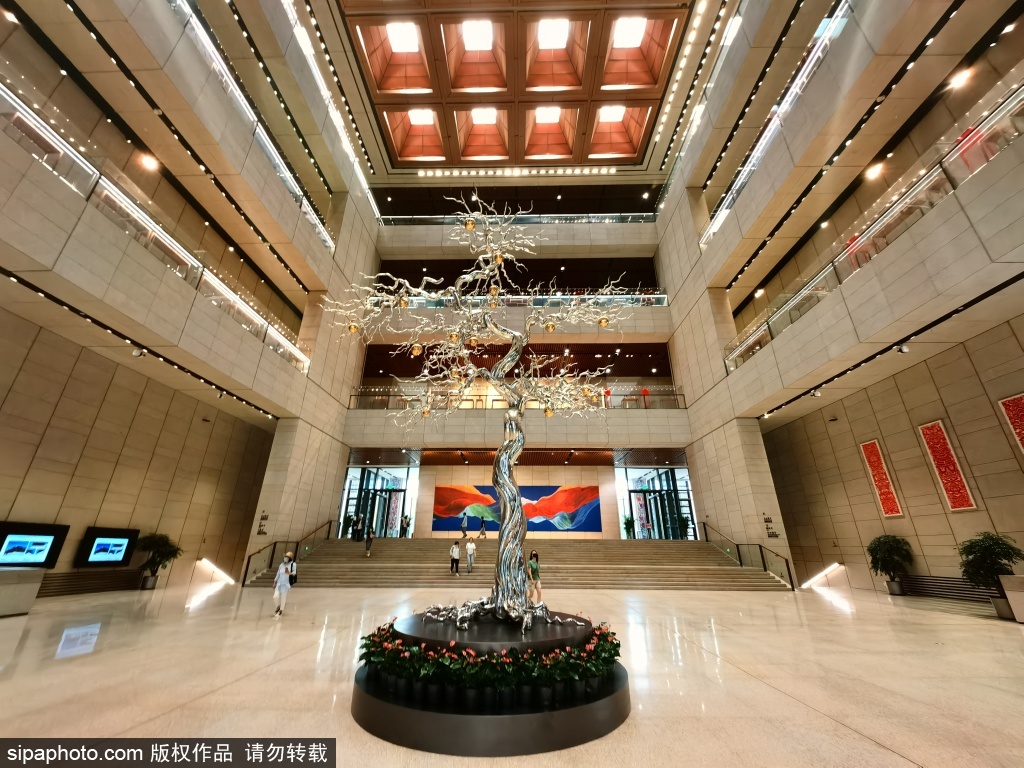
The museum's mission is to inherit and promote outstanding traditional Chinese cultures, carry out research on Chinese arts and crafts and intangible cultural heritage, engage in digital protection and display, collect and appraise representative arts and crafts of China, organize relevant exhibitions and performances, foster domestic and international exchanges and collaborations, develop cultural and creative products, and engage in related social services and education and training.
Drawing inspiration from the scale and proportion of the Taihe Hall in the Forbidden City, the architectural design of the museum exhibits a symmetrical structure both vertically and horizontally. The facade is divided into three sections: a stone layer at the bottom, a transparent platform layer in the middle, and a pavilion at the top, symbolizing the harmonious balance of heaven, earth and humanity in traditional Chinese culture. The exterior features a brown-copper metal grid structure inspired by traditional architectural window patterns and antique shelves, integrating traditional design elements with modern architectural frameworks and presenting an overall dignified yet lively aesthetic.
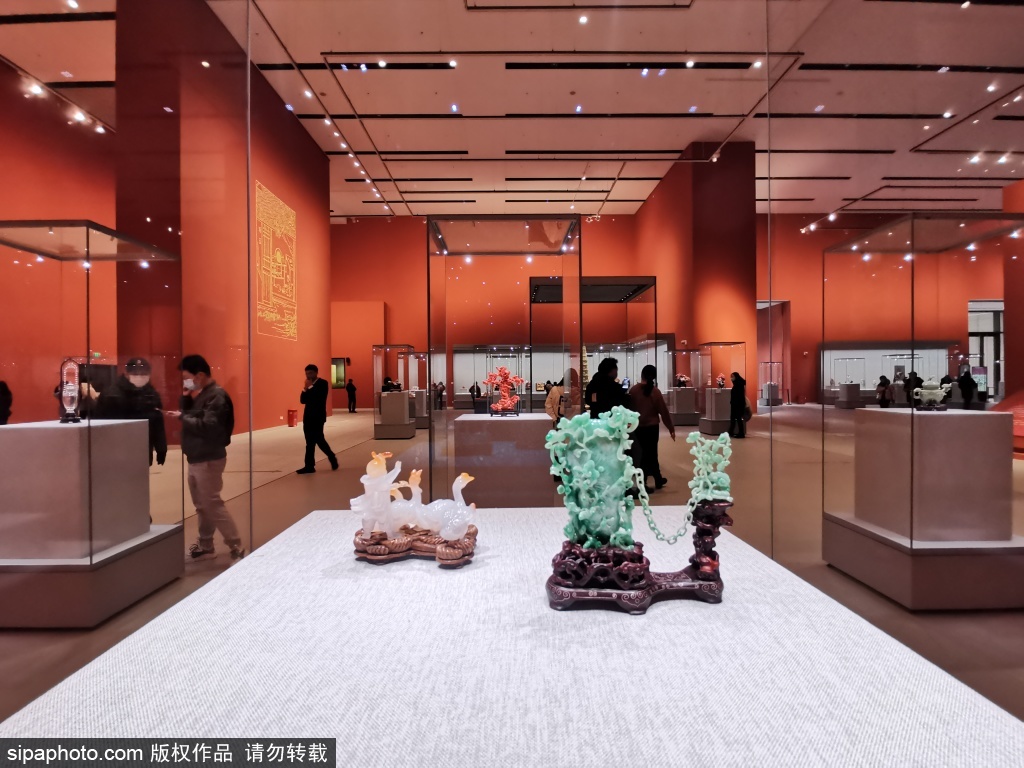
The museum currently collects a wide range of artworks and handicrafts, covering 11 main categories: jade carving, stone carving, bamboo and wood carving, ivory and horn carving, textiles and embroidery, ceramics, lacquerware and lacquer art, metalwork, glass, Thangka paintings, and ethnic and folk arts (comprehensive). The main focus is on works created after the founding of the People's Republic of China, with 1,895 pieces being regarded as exquisite masterpieces. Among them, four large-sized jade artworks — "Magnificent Scenery of Mount Tai (Daiyue Qiguan)", "Condensing fragrance and auspiciousness (Hanxiang Jurui)", "Diverse Blooms (Qunfang Lansheng)", and "Joyful Celebration Across the Seas (Sihai Tenghuan)" — are considered national treasures due to their large scale, excellent materials, ingenious design and exquisite craftsmanship. In 1989, the State Council of China issued a commendation order to honor the collective efforts of the creators.
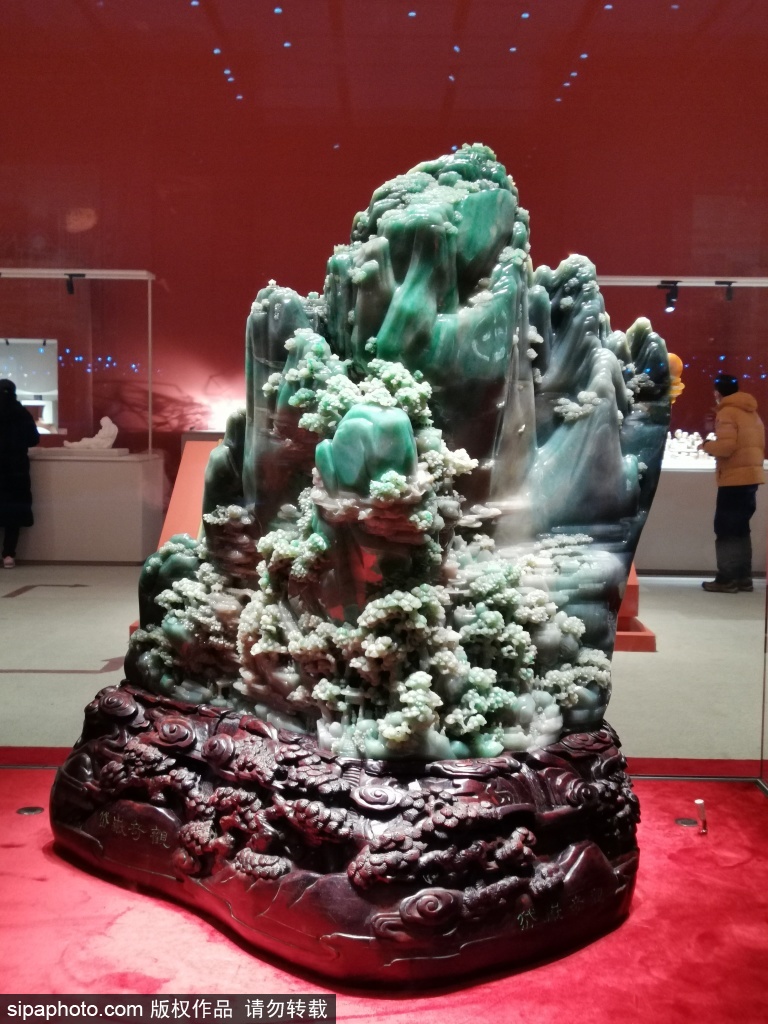
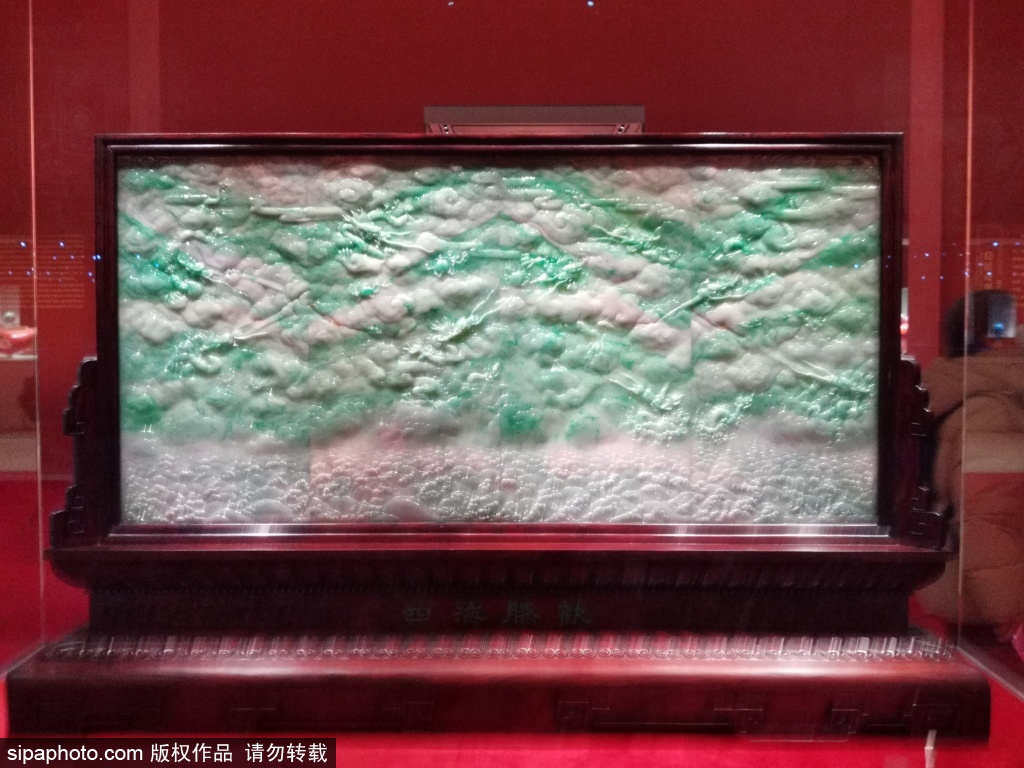
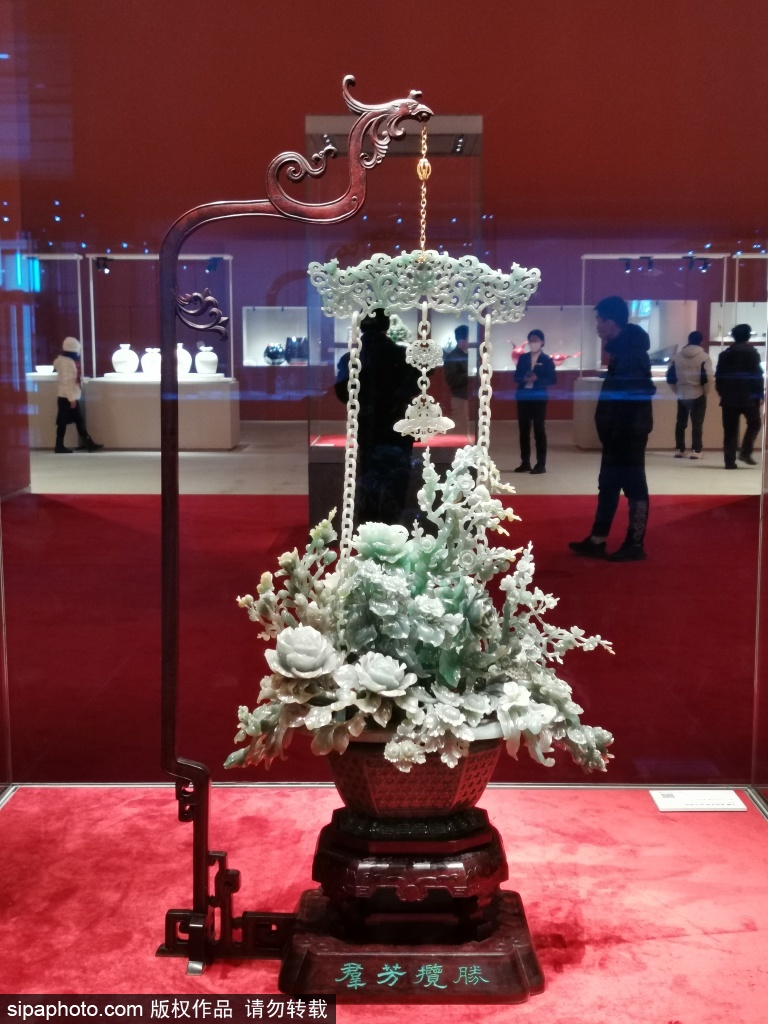
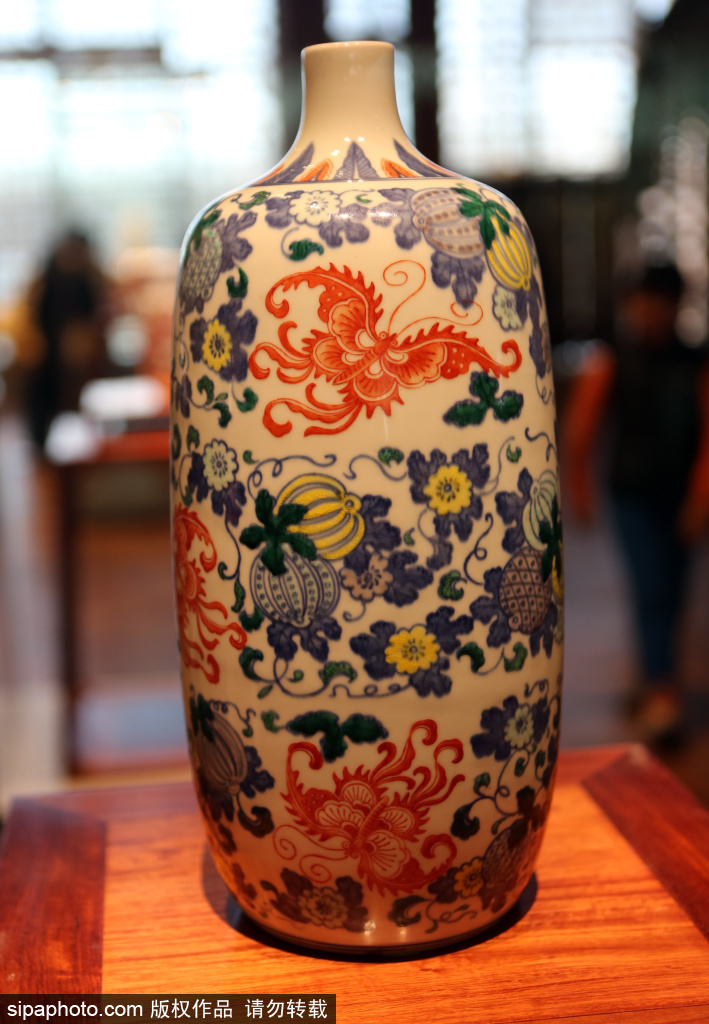
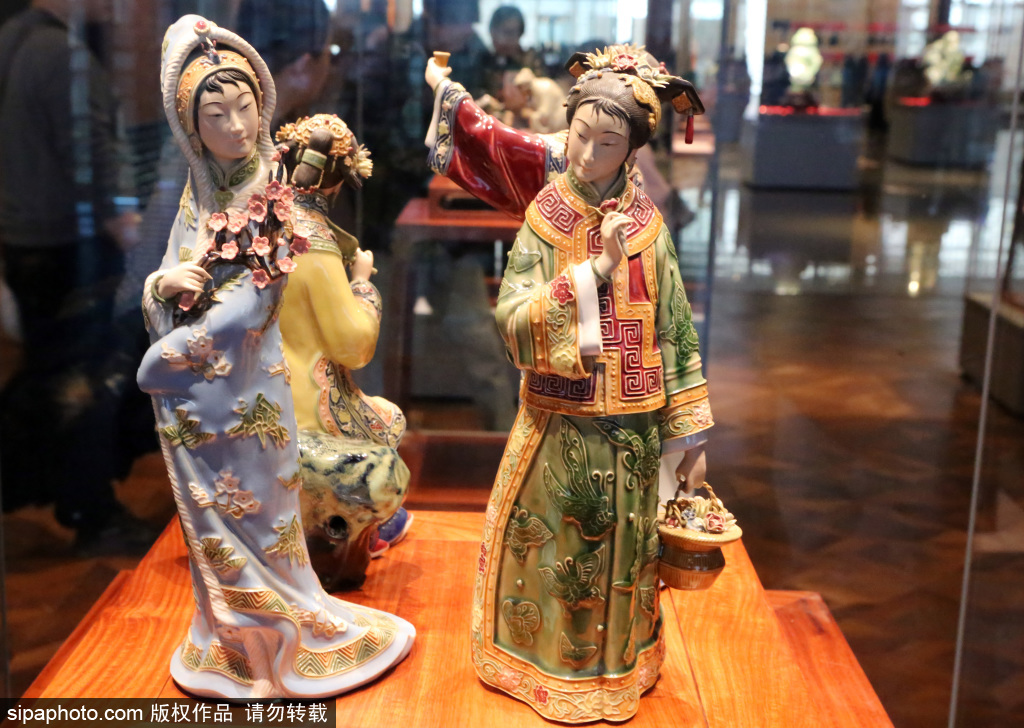
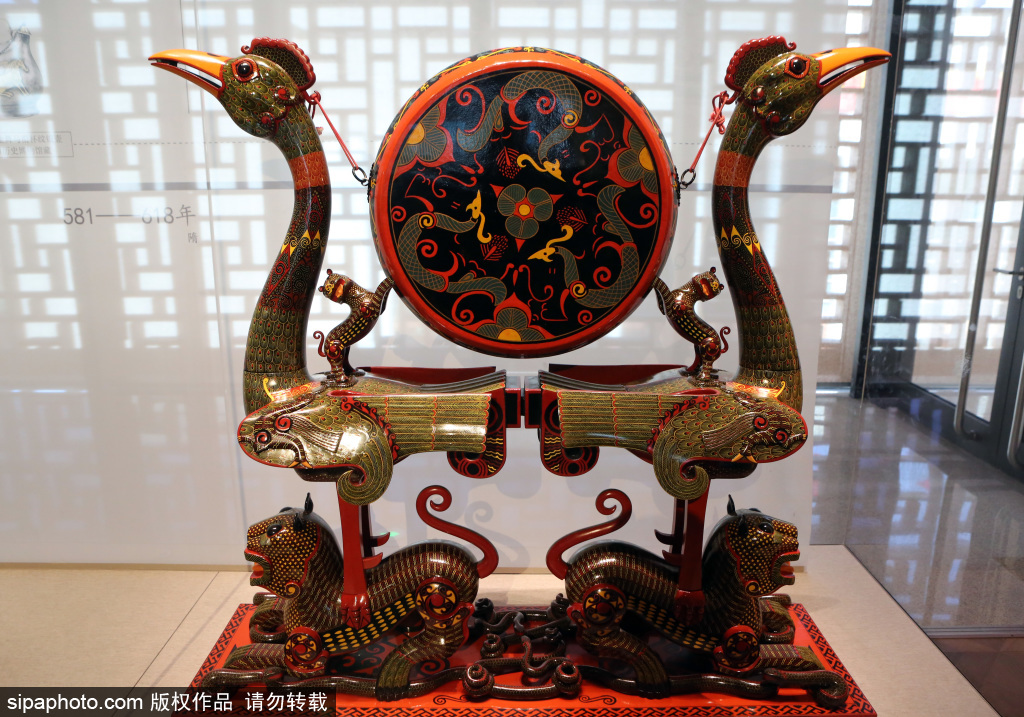
The China National Arts and Crafts Museum (China Intangible Cultural Heritage Museum) continuously explores the principles of museum management, improves institutional frameworks, and strengthens talent mechanisms. It aims to build a comprehensive collection system, enhance international exchange and cooperation, and establish a strong academic foundation while promoting technological advancements. By fully leveraging its role as a national-level institution, the museum makes significant contributions to the preservation and transmission of intangible cultural heritage and the promotion of China's outstanding traditional culture.
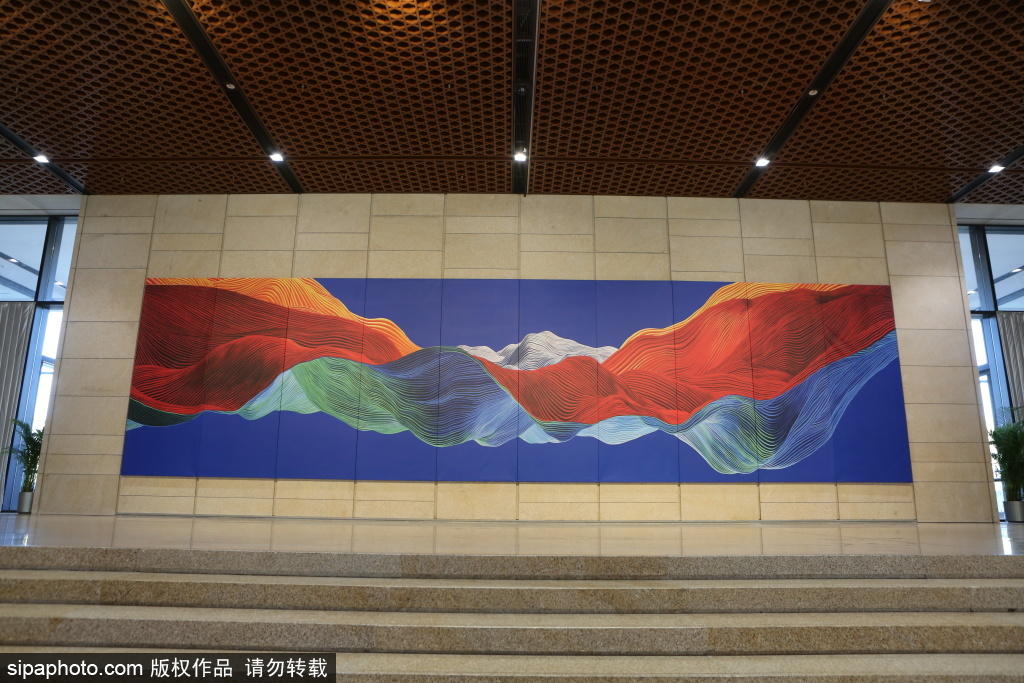
Address: No.16 Hujing Beilu (Rd), Chaoyang District, Beijing
Long Shun Cheng Jingzuo Museum of Intangible Cultural Heritage
Long Shun Cheng Jingzuo Museum of Intangible Cultural Heritage officially opened to public on December 12, 2021, in Beijing. The museum is led by Liu Gengsheng, a representative inheritor of the national intangible cultural heritage project "Jingzuo (Beijing-style) hardwood furniture making technique" who won the title of "Person of the Year of Great Country Craftsman".
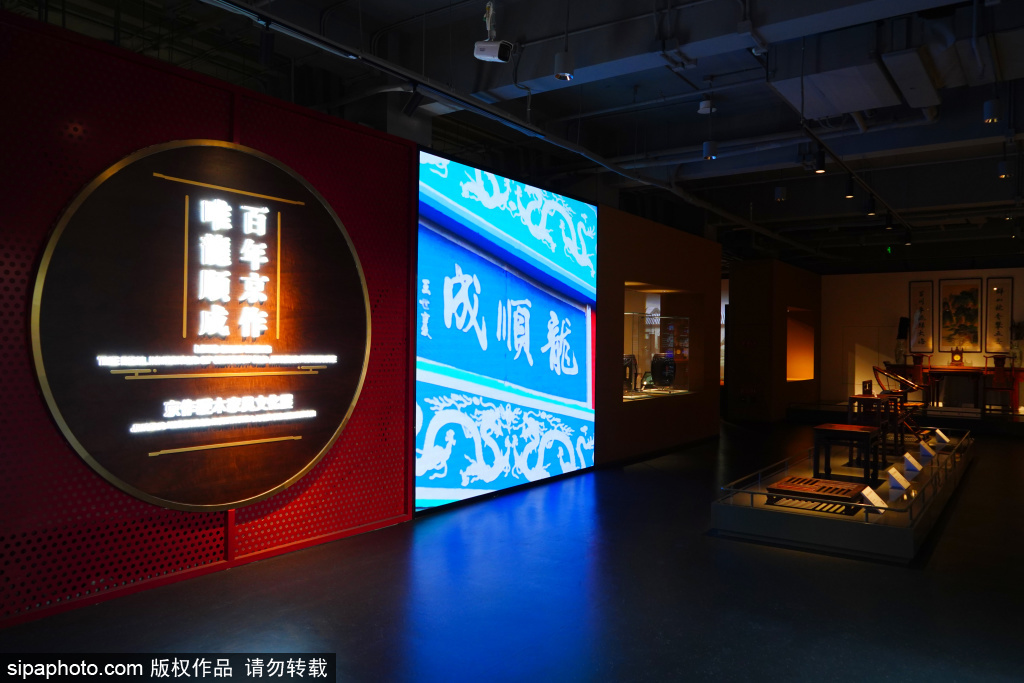
This museum, located near the Yongdingmen Gate Tower on the east side of Beijing's southern central axis, is a new cultural landmark and an intangible cultural heritage tourism experience base in Beijing, created by the BBMG Group. Covering an area of 1,000 square meters, the museum uses multimedia exhibits, creative and simple art installations, and incorporates an intelligent museum guide system to comprehensively showcase the glorious 160-year history of Long Shun Cheng.
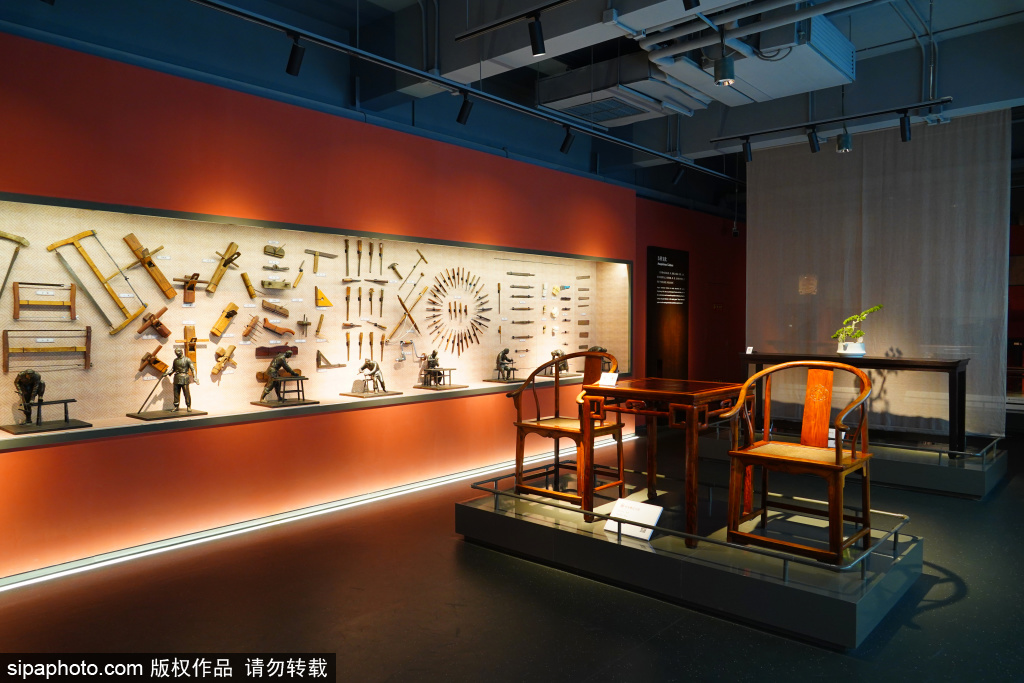
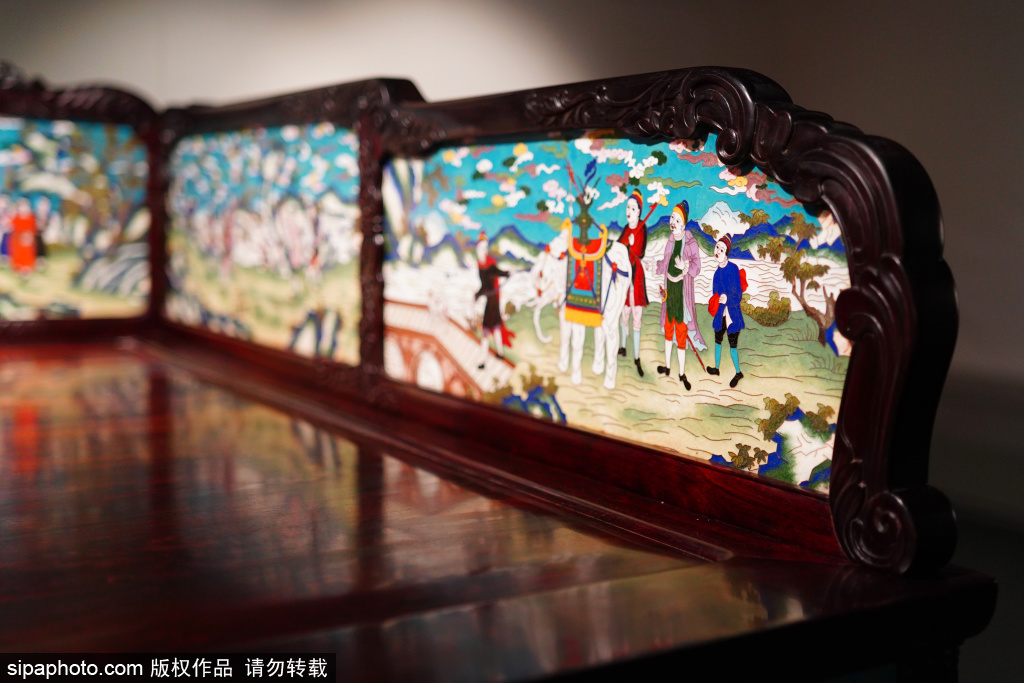
"Long Shun Cheng," originally named "Long Shun," was established during the Tongzhi period of the Qing Dynasty (1862) and is a renowned time-honored brand in Beijing. In the 1950s, all hardwood furniture manufacturers in Beijing merged, leading to the creation of a unique "Beijing-style" imperial furniture style, which combined various northern Ming and Qing furniture traditions. This style became one of the three major schools of Chinese hardwood furniture, alongside "Suzhou-style" and "Canton-style."
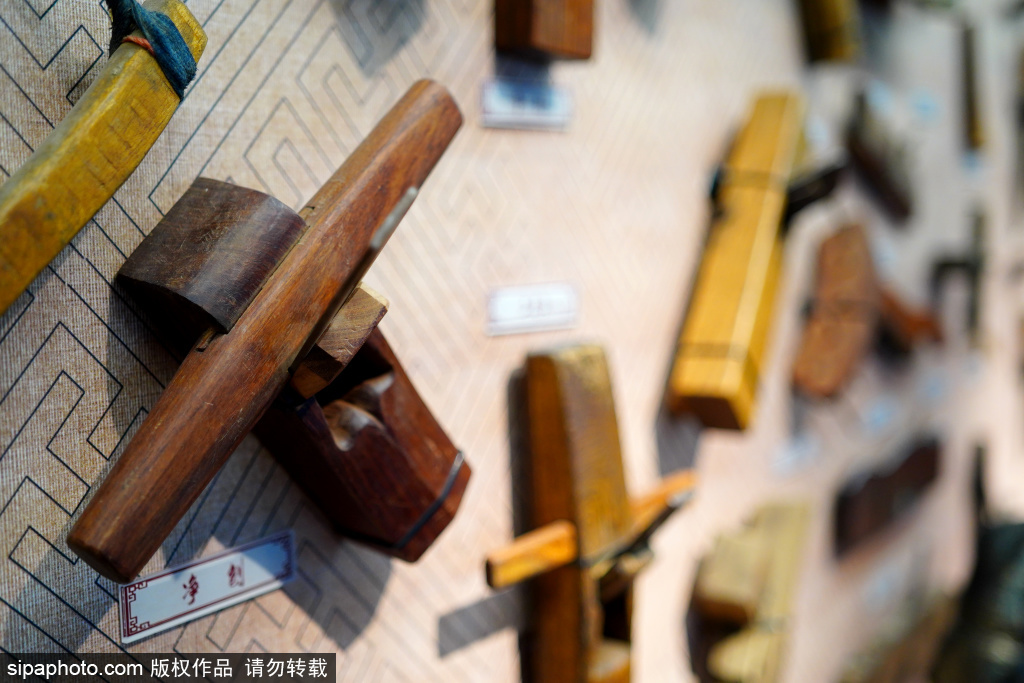
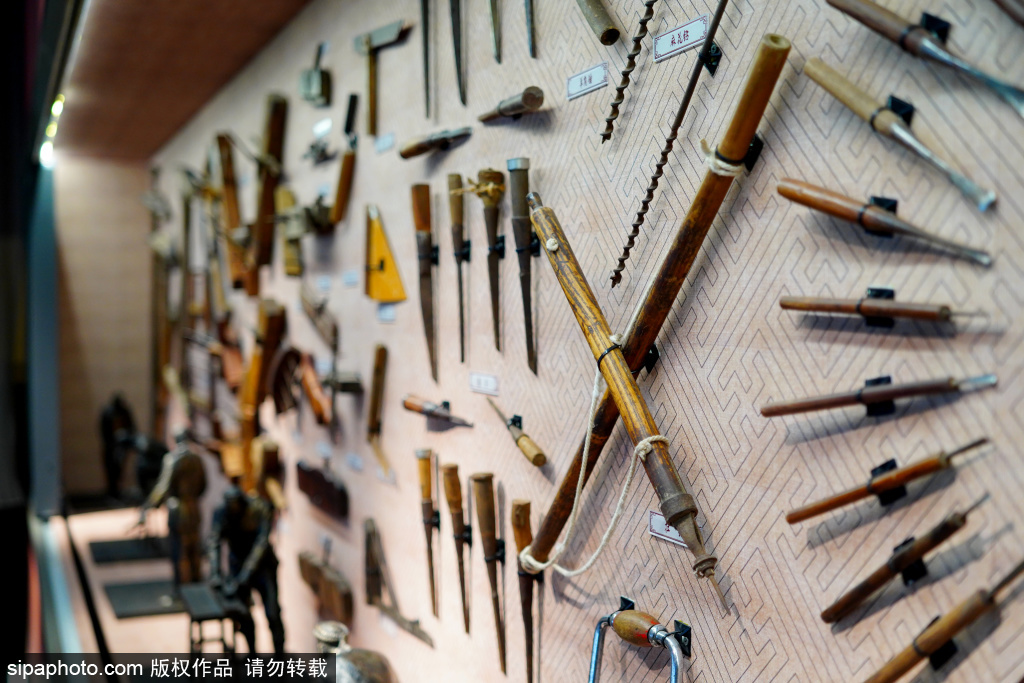
The museum's exhibits comprehensively showcase high-end Ming and Qing dynasty hardwood furniture, as well as significant national artifacts custom-made for important historical events. It fully displays the national intangible cultural heritage of the "Jingzuo Hardwood Furniture Making Technique." From the Qing dynasty imperial ceremonial robes cabinet to the ingeniously designed chairs featuring Winter Olympics elements, the museum presents a cultural scroll depicting the long-standing tradition of Jingzuo craftsmanship.
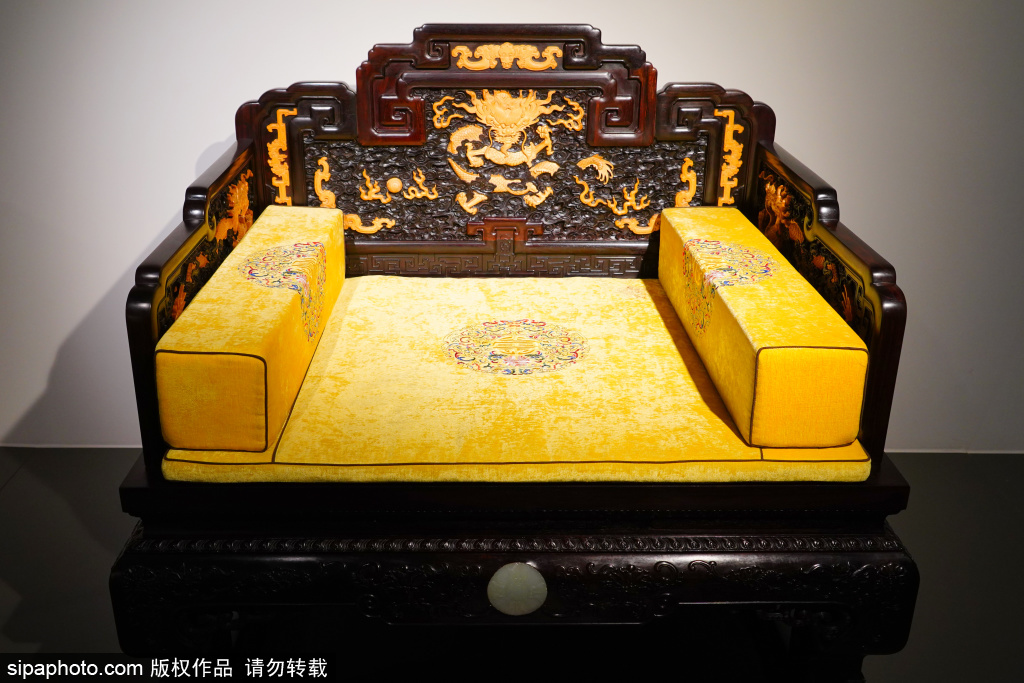
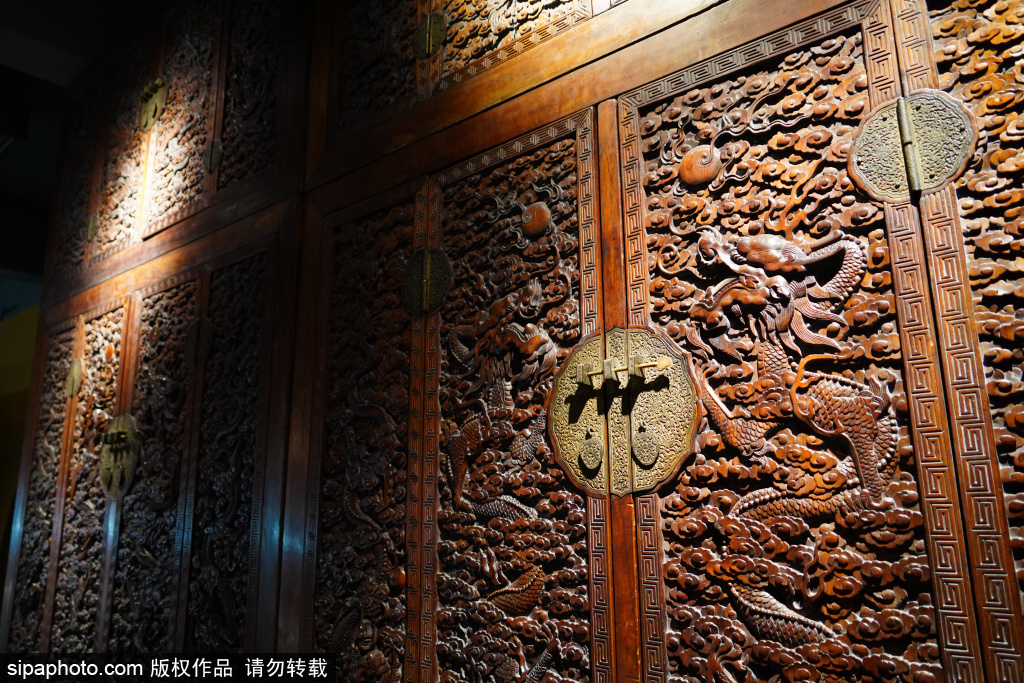
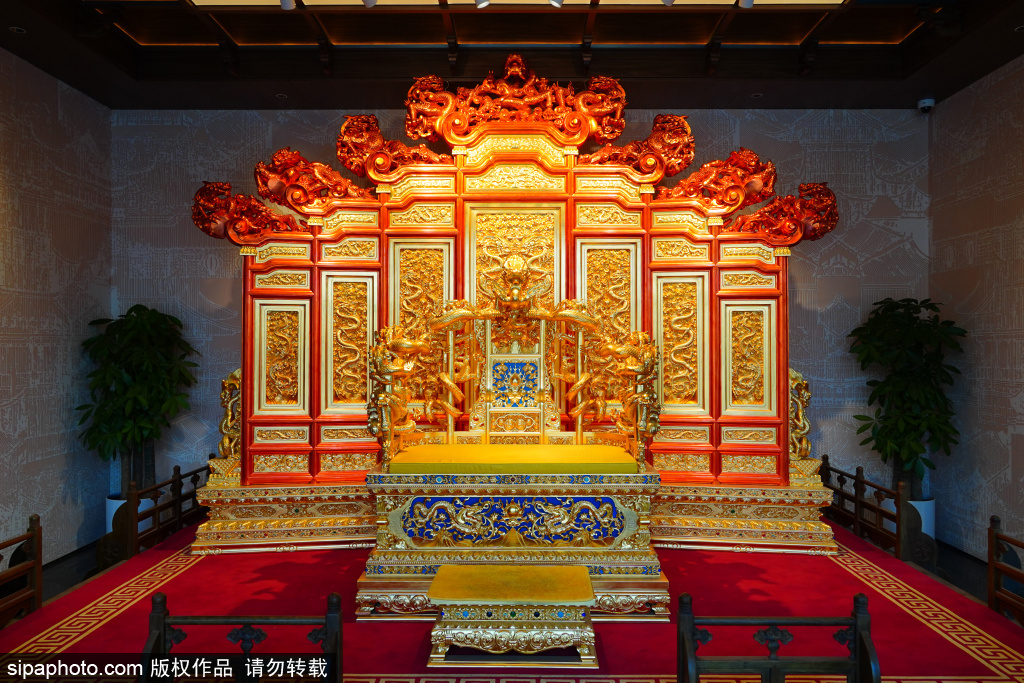
The museum is composed of three sections and nine exhibition groups. It introduces the historical evolution of the Jingzuo hardwood furniture-making technique, which originated in the imperial court, spread among the common people, was consolidated at Long Shun Cheng, and has been passed down to the present day. The museum showcases the century-long heritage of Long Shun Cheng and the intangible cultural heritage of Jingzuo hardwood furniture-making.
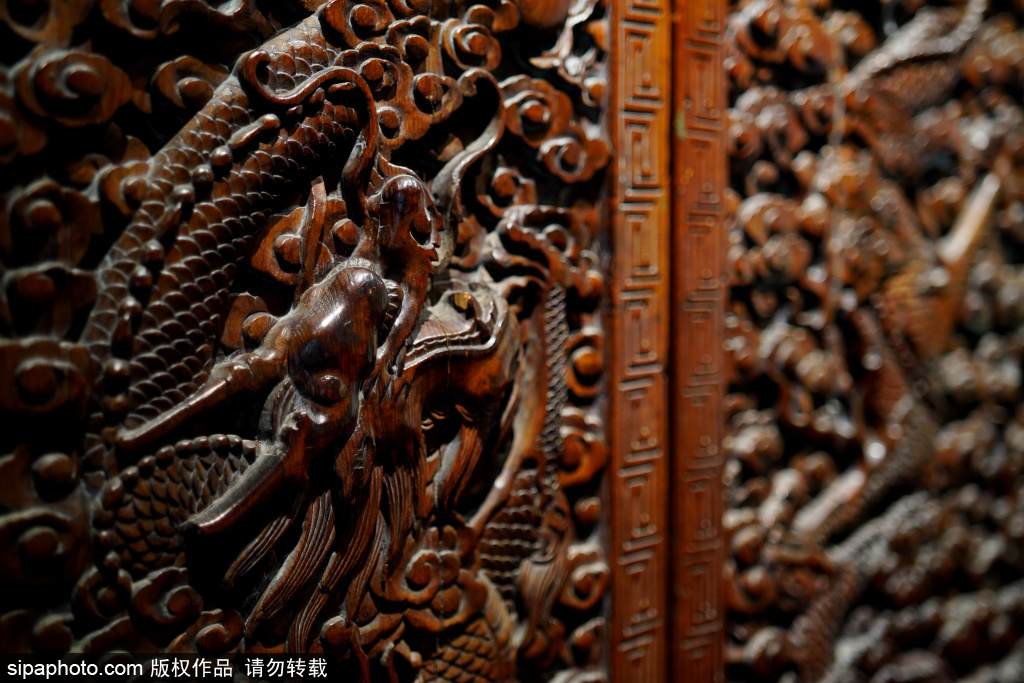
As the first Jingzuo hardwood furniture-making intangible cultural heritage museum on Beijing's central axis, this museum integrates exhibitions and interactive experiences. It will host activities such as intangible cultural heritage classrooms. Visitors can not only view exquisite works that showcase a century-old craftsmanship up close but also enjoy an immersive experience of Jingzuo hardwood furniture-making intangible cultural heritage.
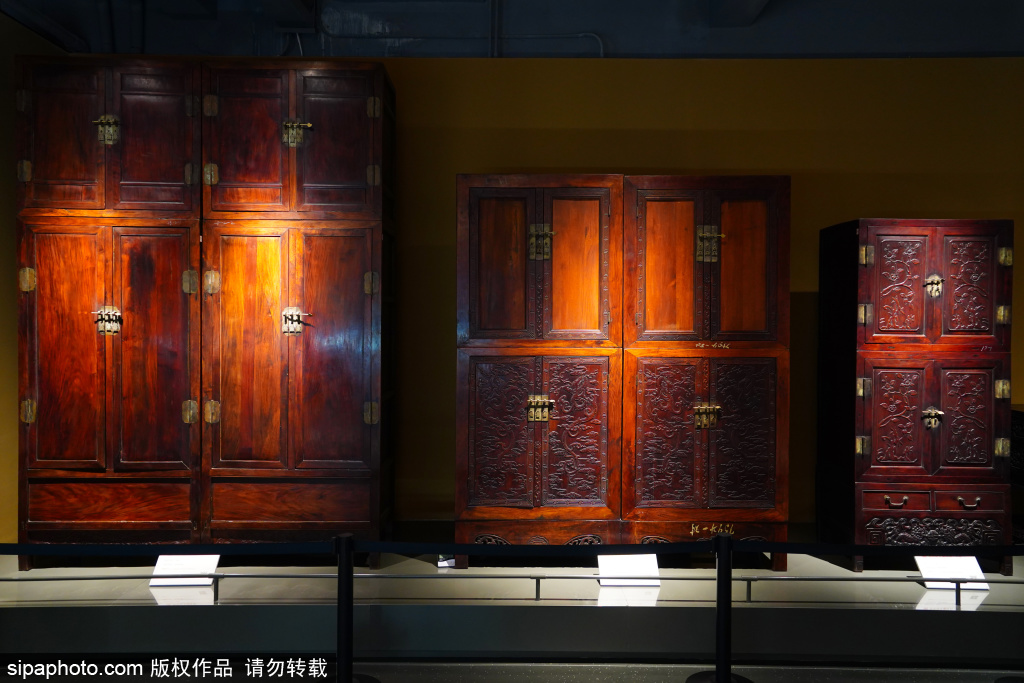
Long Shun Cheng Jingzuo Museum of Intangible Cultural Heritage has made numerous advancements. As a flagship brand and a renowned time-honored enterprise under the BBMG Group, it bears the significant responsibility of preserving intangible cultural heritage. With a commitment to innovation and inherit, it aims to become a new cultural landmark on Beijing's South Central Axis and a national-level "hotspot" for intangible cultural heritage, injecting vitality into the capital's high-quality development.
In February 2024, Long Shun Cheng Jingzuo Museum of Intangible Cultural Heritage was designated as a New Era Civilization Practice Base of Dongcheng District. Each exquisite exhibit showcases the century-long legacy of Long Shun Cheng, highlighting its remarkable craftsmanship. The museum has become a prominent showcase of the capital's historical and cultural heritage, and we look forward to your visit to experience the charm of a hundred years of Jingzuo culture!
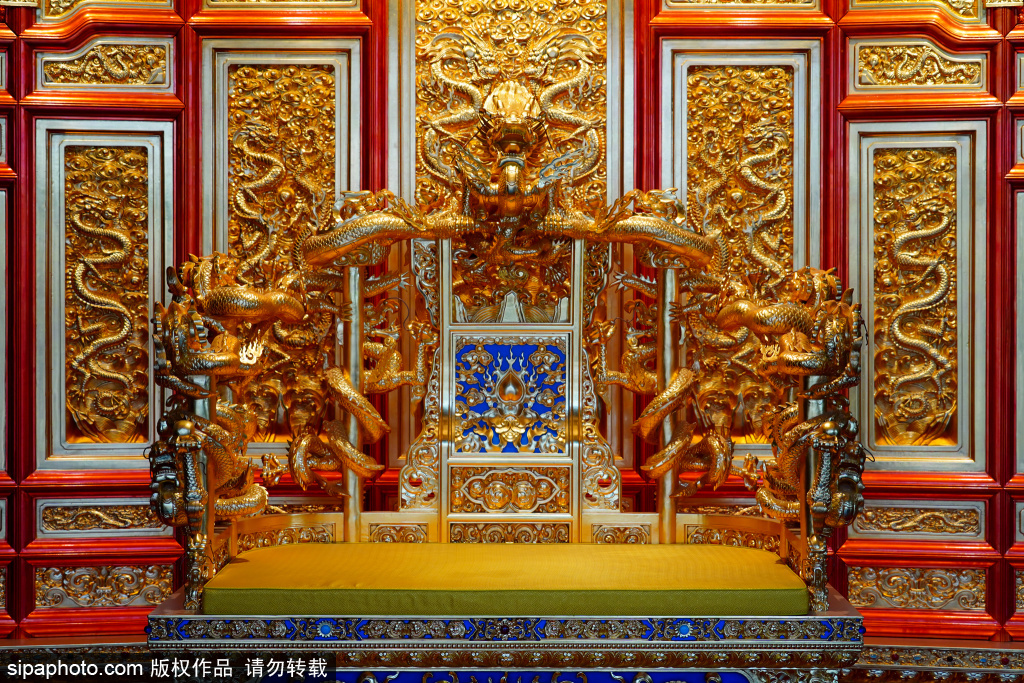
Address: 64 Yongwai Jie (St), Dongcheng District, Beijing
Beijing Eight Imperial Handicrafts Museum
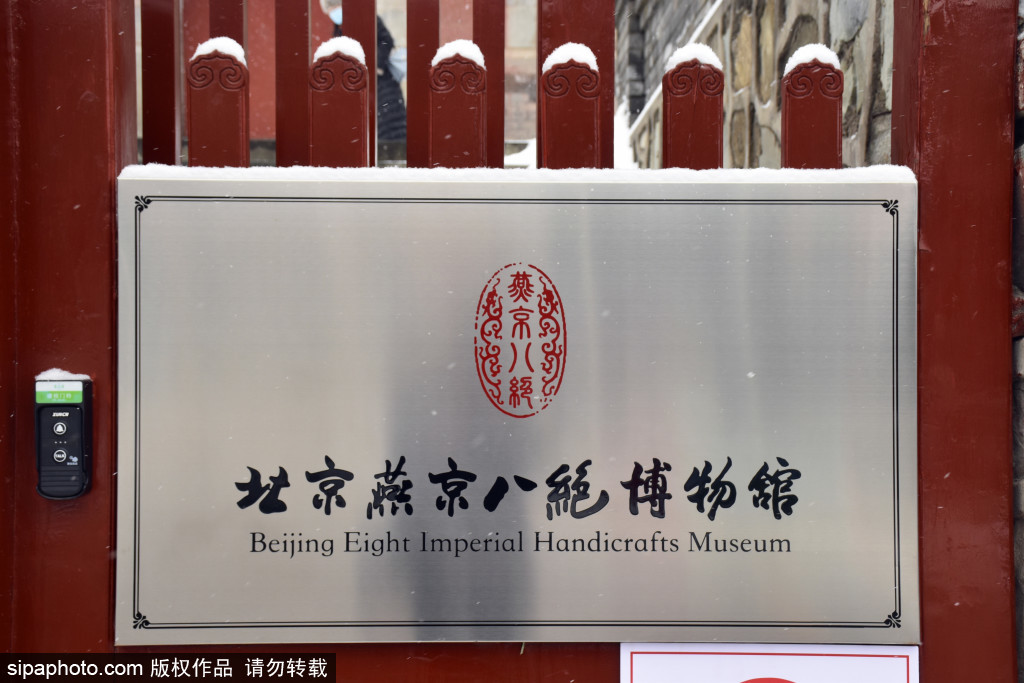
Within the ancient Cheng'en Temple in Beijing lies a unique museum dedicated to intangible cultural heritage—the Beijing Eight Imperial Handicrafts Museum. It is the first museum in Beijing to combine the exhibition of imperial court art with hands-on experiences of court craftsmanship. Additionally, it stands as the first of its kind in China, crafted over the course of ten years by nearly a hundred master artisans and inheritors of intangible cultural heritage. This museum is a testament to the exceptional craftsmanship and dedication of these artisans.
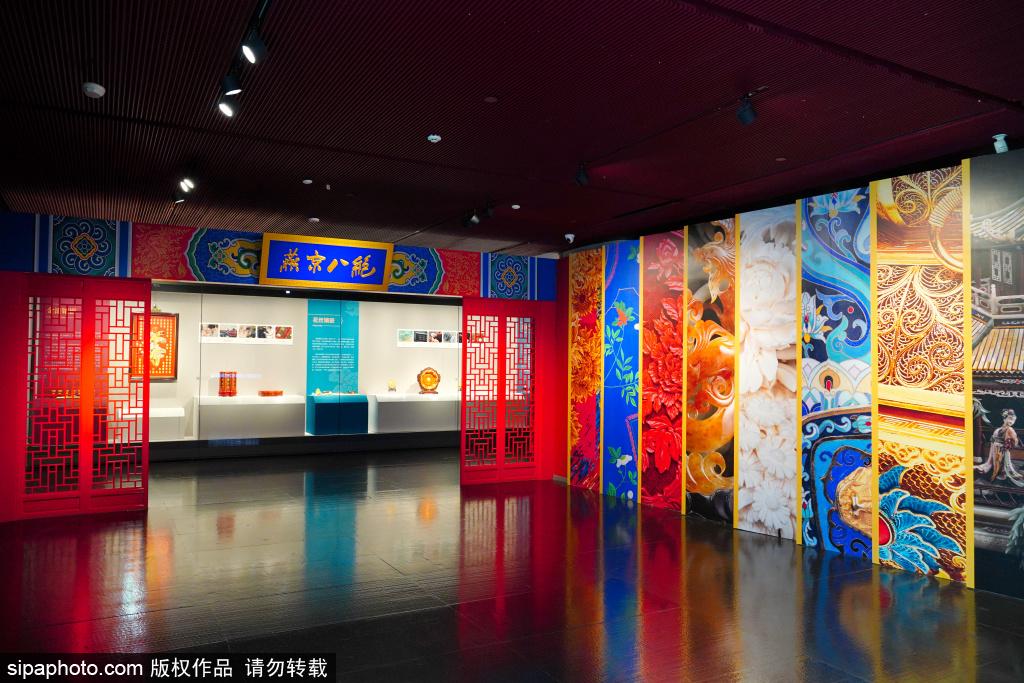
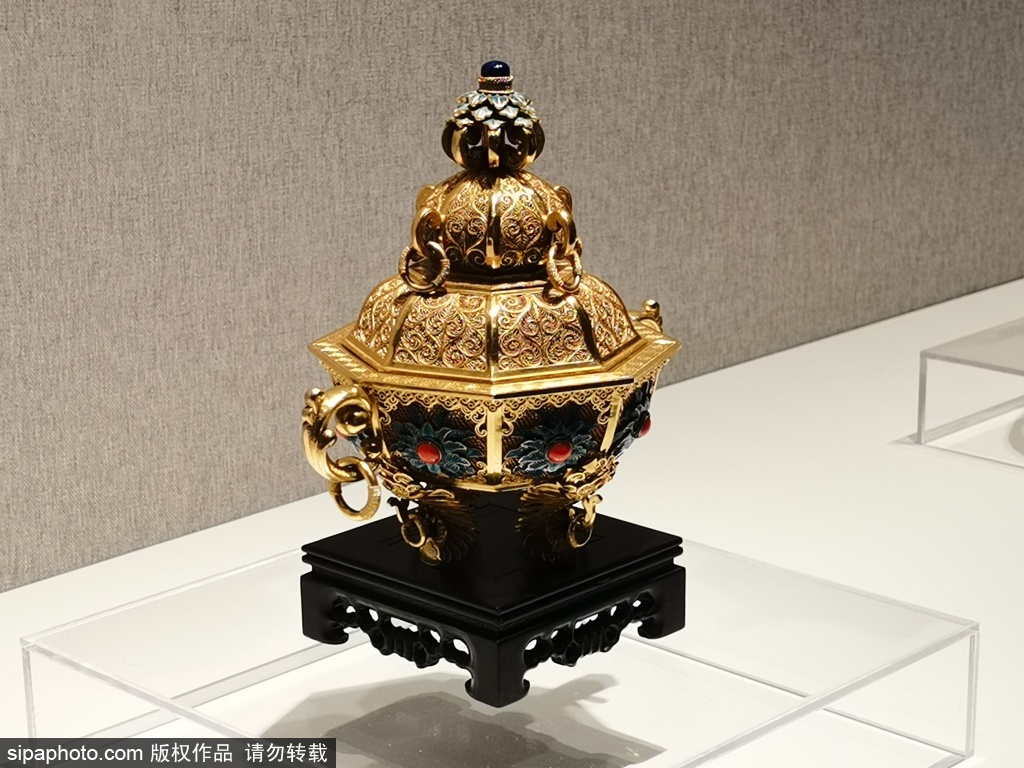
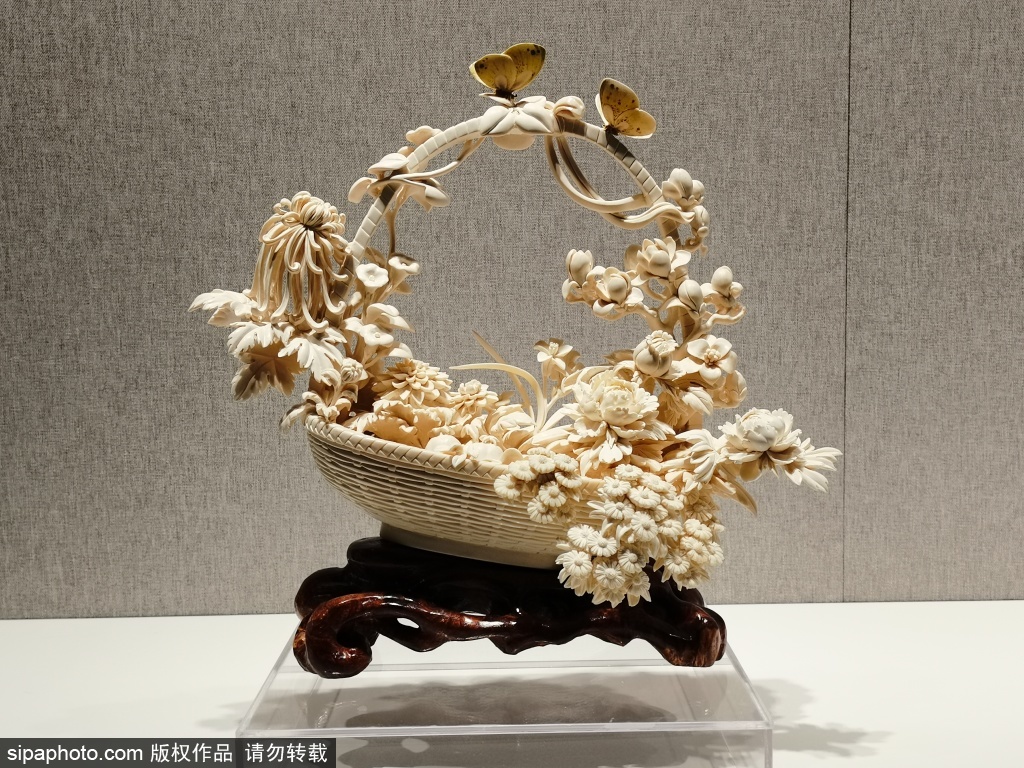
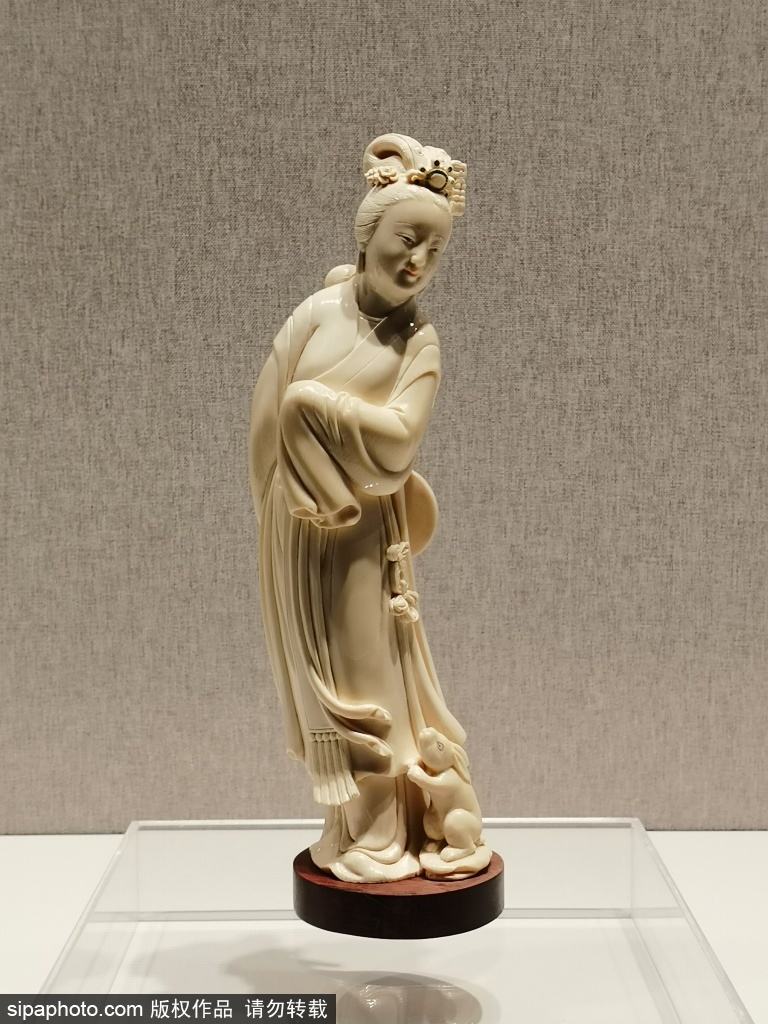
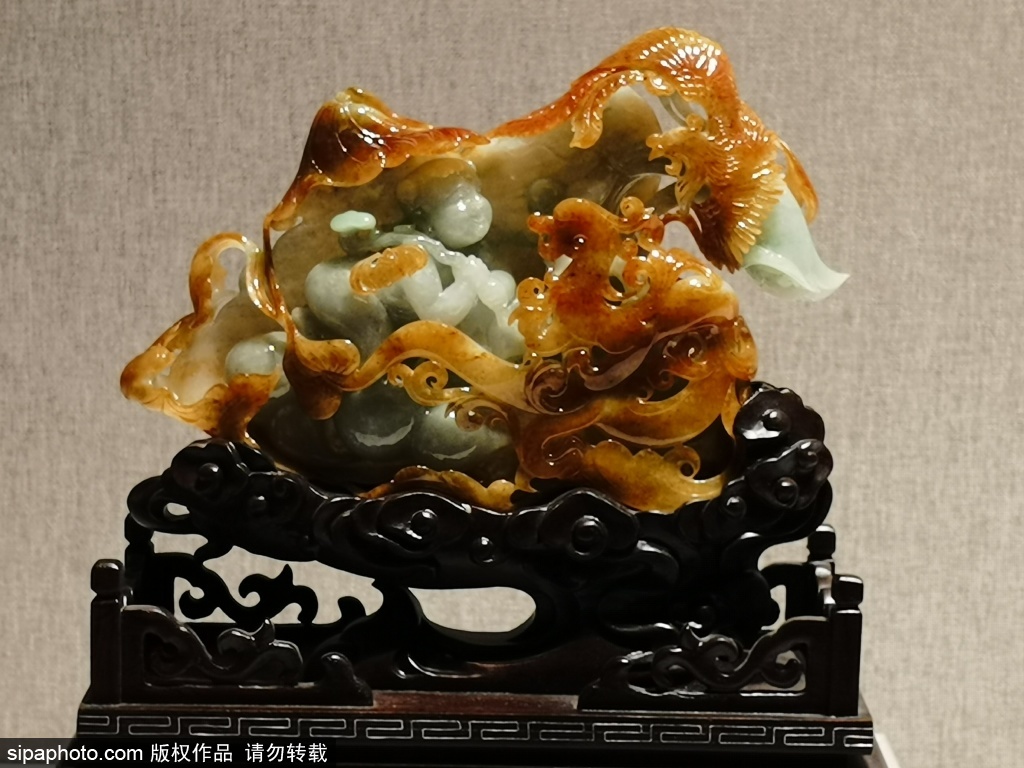
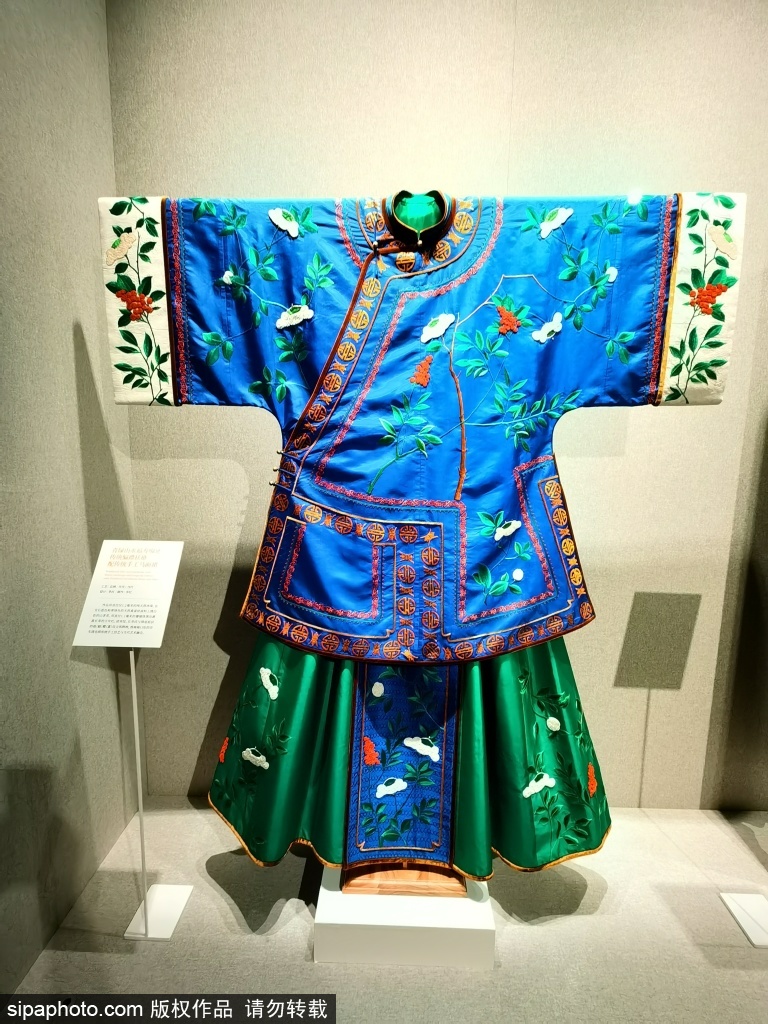
Cheng'en Temple, the main structure of the museum, is a Ming Dynasty architectural marvel with a four-courtyard layout. It was originally built in the 5th year of the Zhengde reign (1510) and completed in the 8th year (1513). Since the Ming Dynasty, Cheng'en Temple has been known for the "three mysterious characteristics": it doesn't open its temple gates, doesn't accept incense offerings, and doesn't host religious ceremonies. Because of this, it is often referred to as "Beijing's most mysterious temple."
The museum houses a rich collection of hundreds of "Beijing Eight Imperial Handicrafts" (燕京八绝) craft works, which include gold lacquer inlay, filigree inlay, cloisonné, ivory carving, jade carving, carved lacquer, Beijing embroidery, and palace carpets. Additionally, it features hundreds of ancient wood carvings, root carvings, stone carvings, and other craft treasures. Notable pieces crafted with traditional palace techniques include the gold lacquer inlaid "Chuan Yun Long" inspired by the Forbidden City, the filigree inlaid "Sheng Shi Fan Hua" handbag set, and the cloisonné "Wan Shou Wu Jiang" bowl.
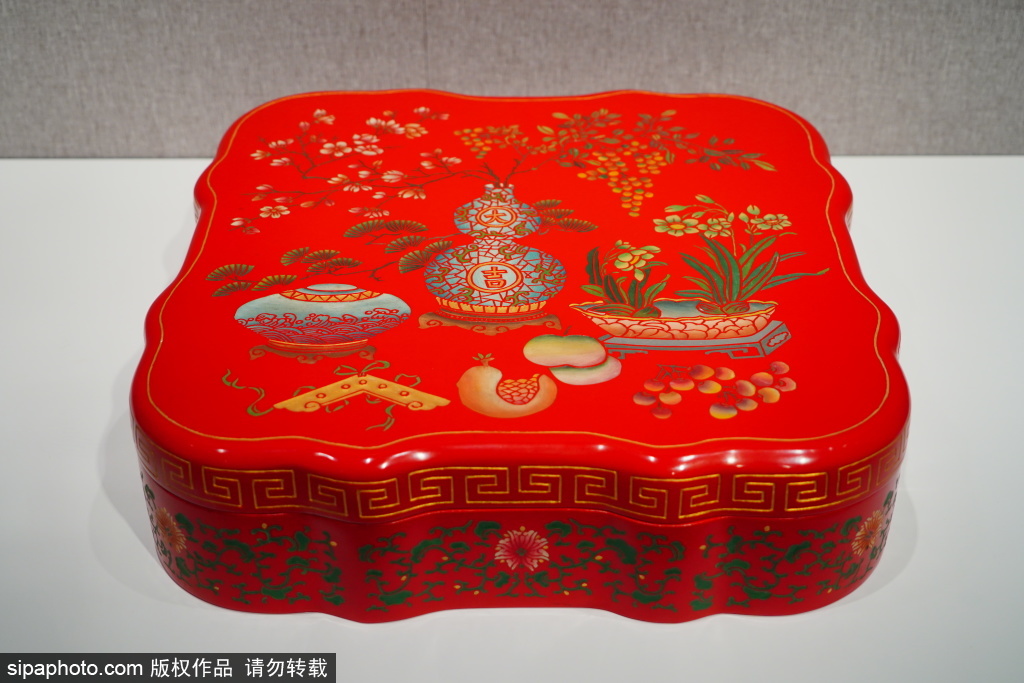
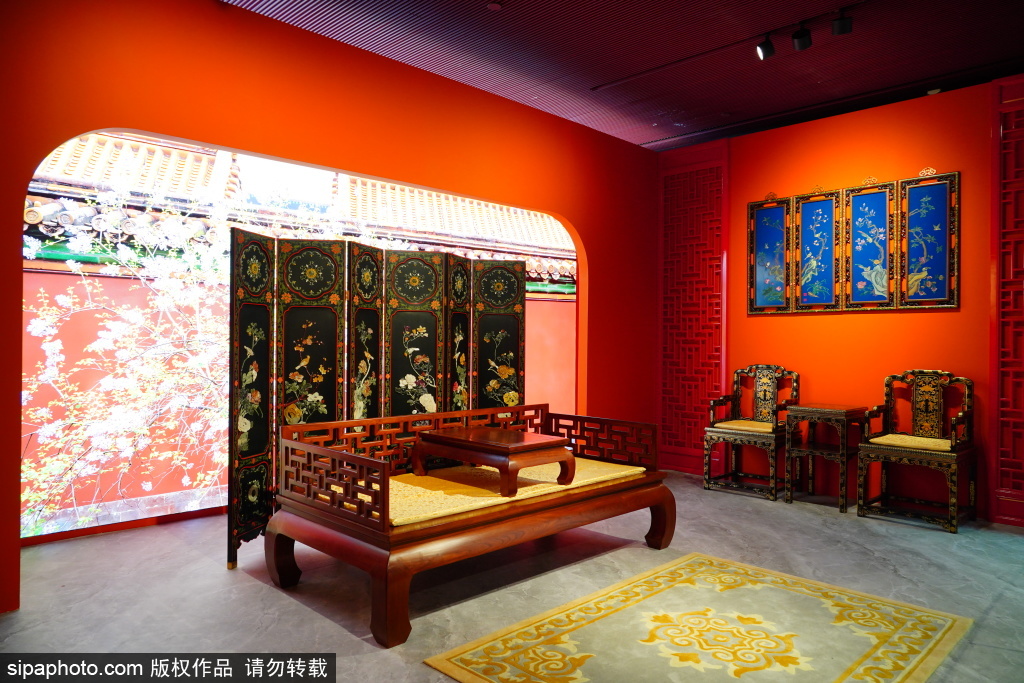

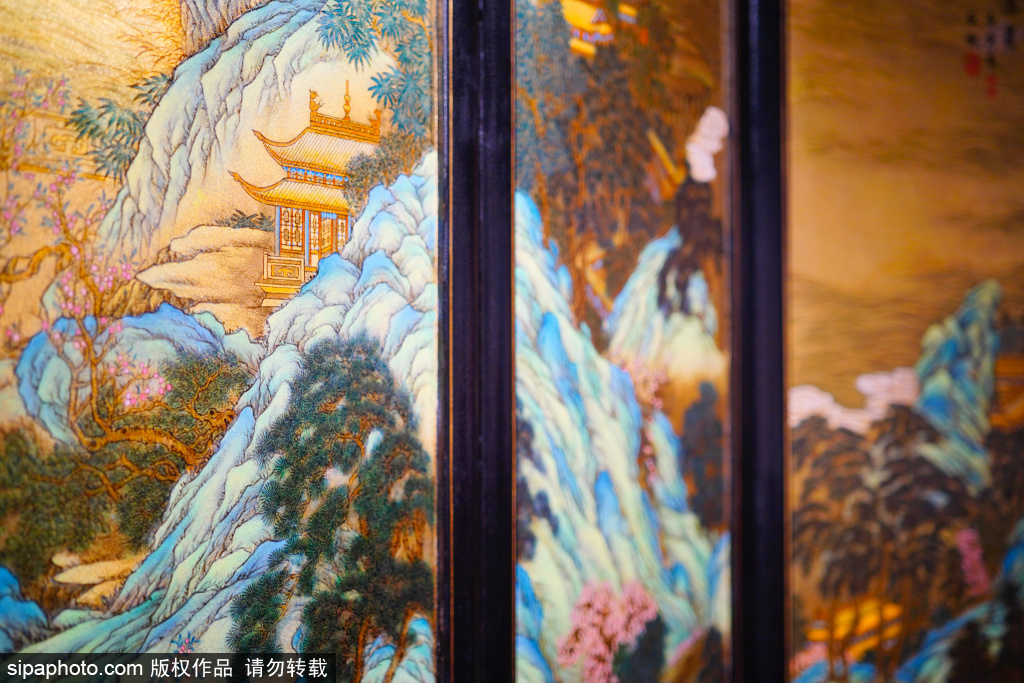
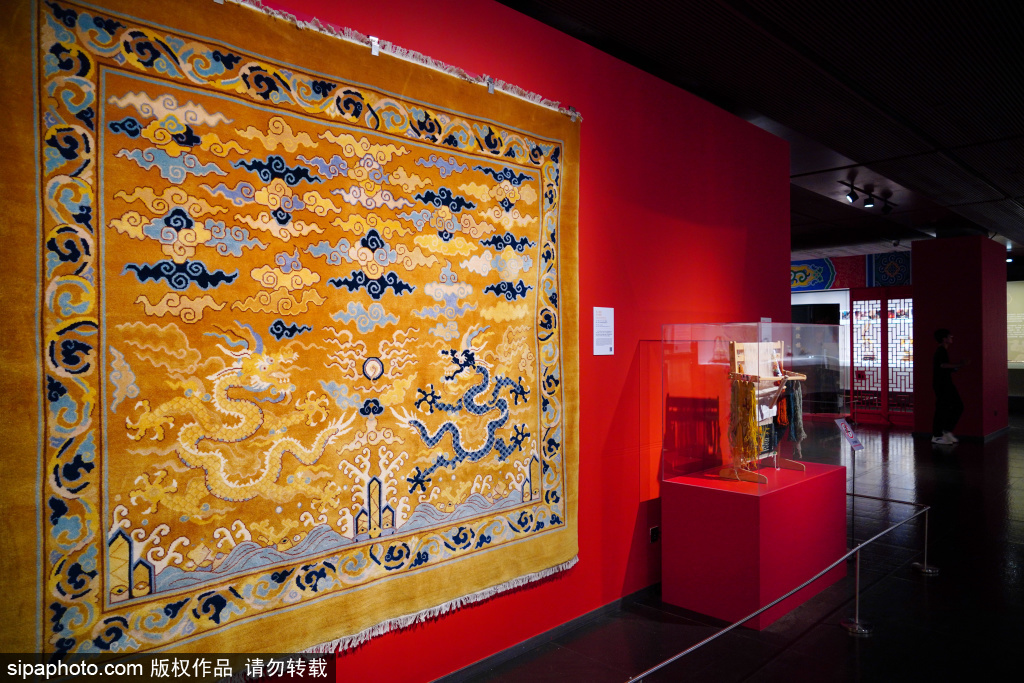
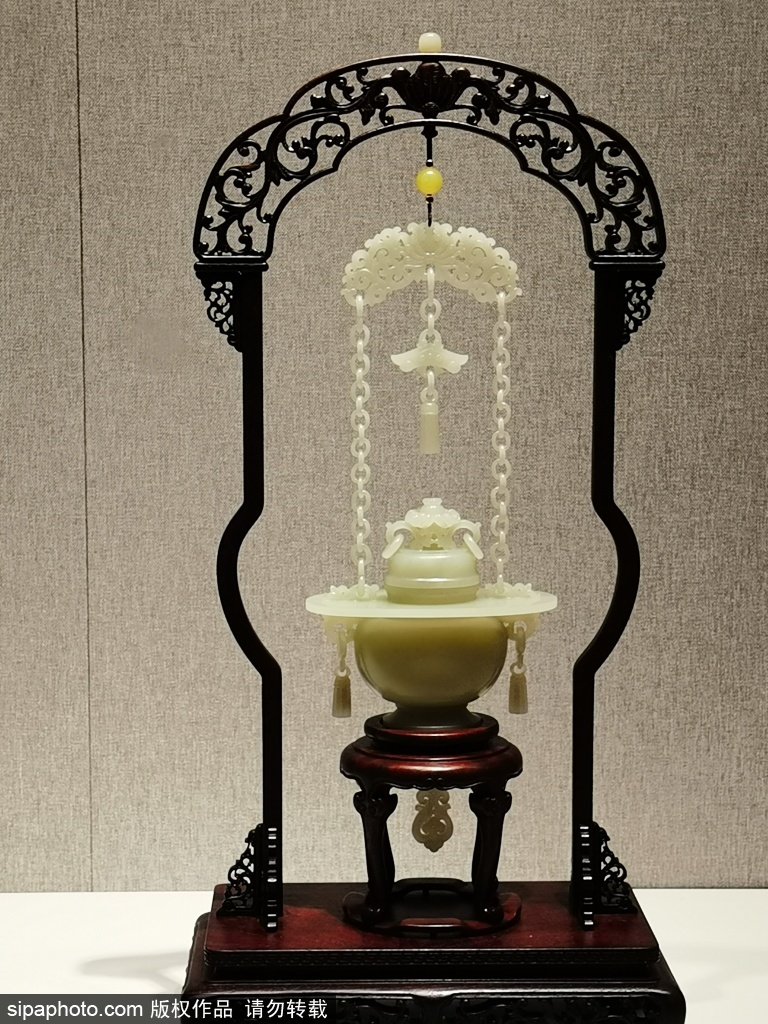
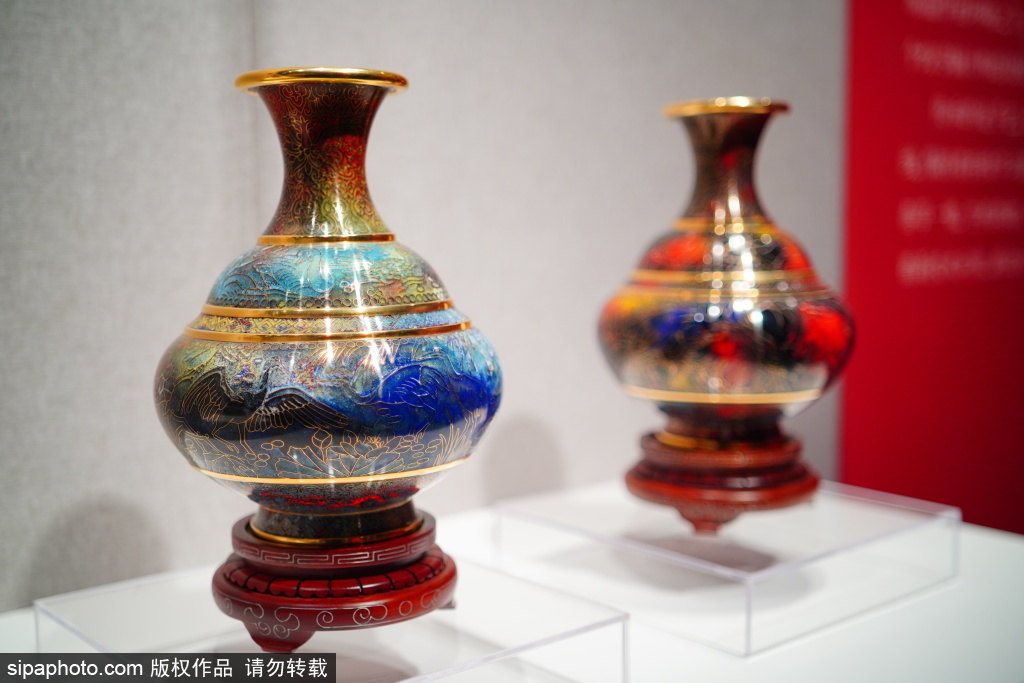
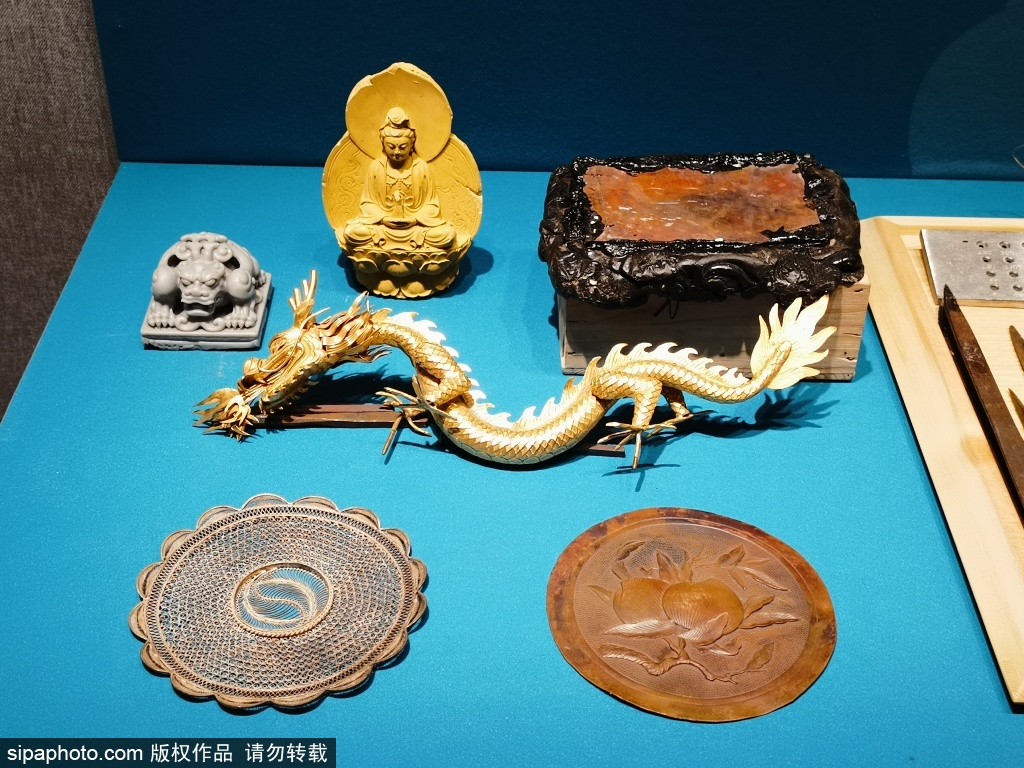
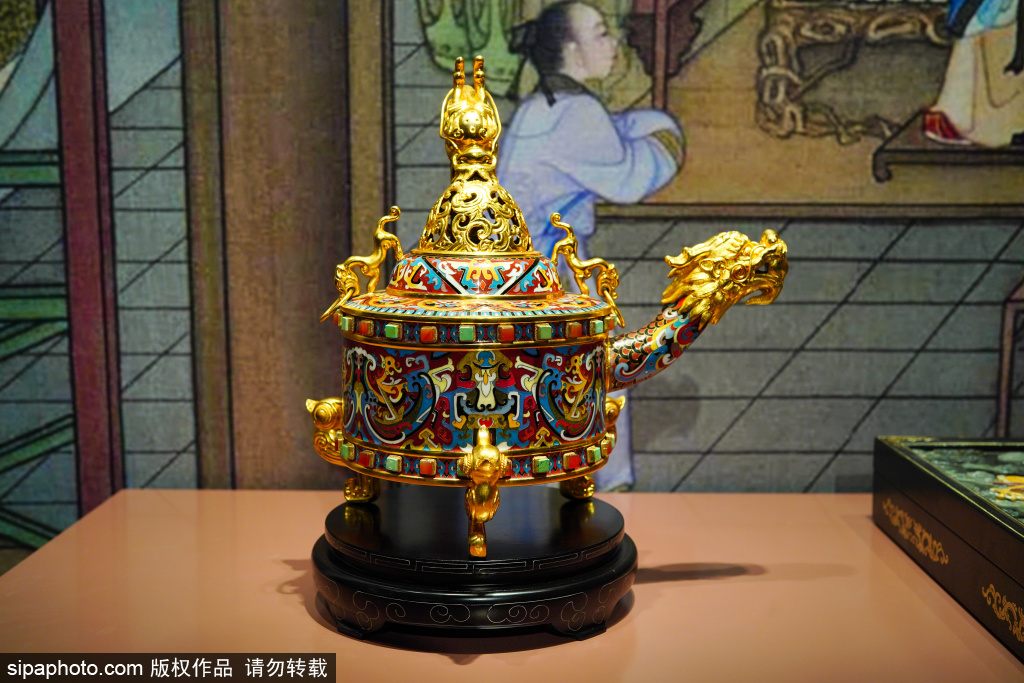
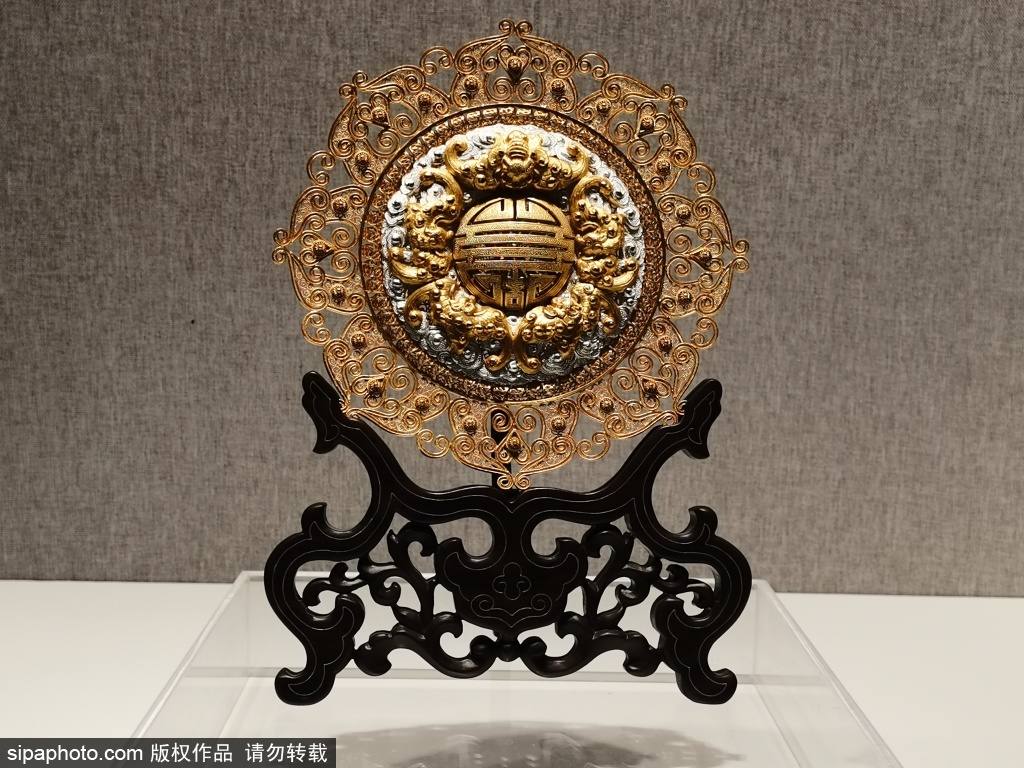
The "Beijing Eight Imperial Handicrafts" originated from the palace craftsmanship of the Ming and Qing dynasties, particularly within the Qing Palace Imperial Household Department, which gathered artisans and techniques from across China. After the fall of the Qing Dynasty, these imperial craftsmen dispersed among the public. The eight traditional palace crafts, became known collectively as the "Beijing Eight Imperial Handicrafts". These crafts were once exclusively used in the imperial courts.
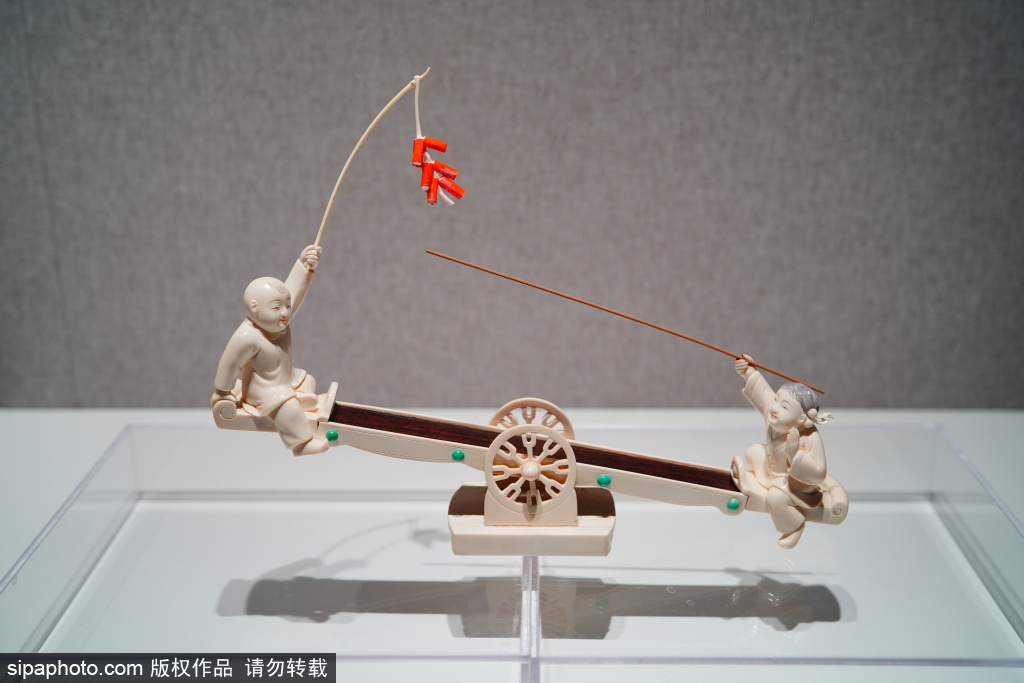
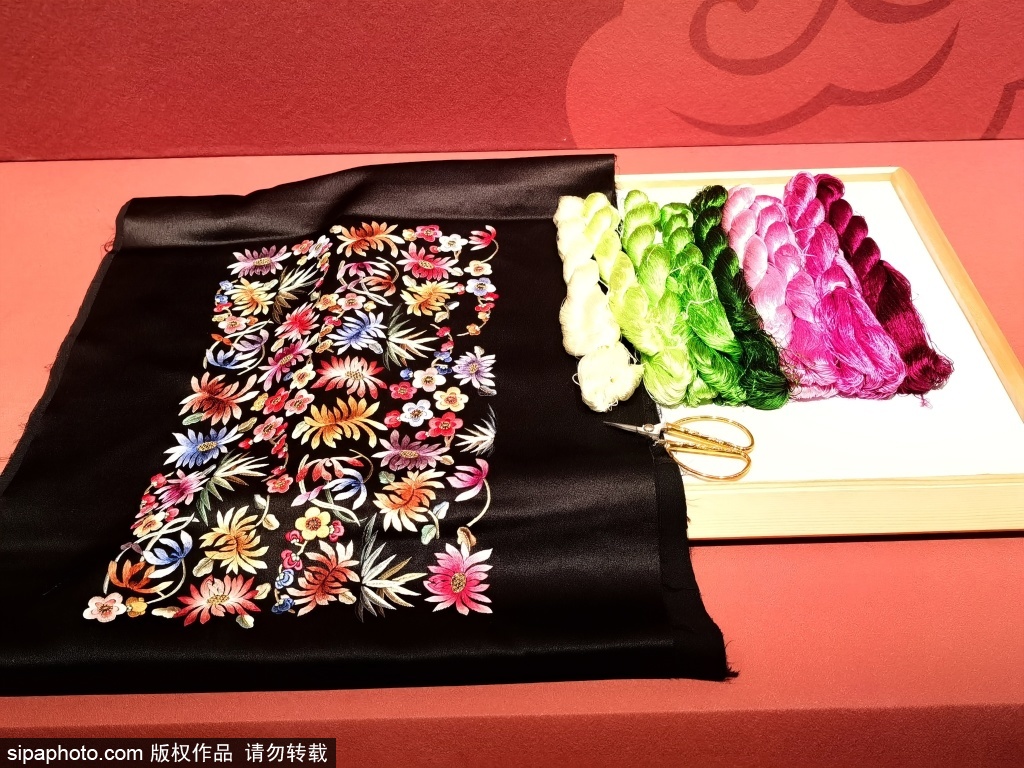
Over the past century, the Beijing Eight Imperial Handicrafts have spread from the imperial courts to the general public, establishing themselves in Beijing, going nationwide, and reaching the global stage. The process of preserving these crafts has been long and challenging, but generation after generation of artisans have upheld the cultural legacy and spirit of their predecessors, bringing these crafts to a broader sphere. In this museum, visitors can not only admire the exquisite Beijing Eight Imperial Handicrafts of palace art but also experience the intangible cultural heritage firsthand in the master studios.
Address: No.20 Moshikou Jie (St), Shijingshan District, Beijing
Beijing Dongcheng District Intangible Cultural Heritage Museum
The Beijing Dongcheng District Intangible Cultural Heritage Museum is located on the fourth floor of the Dongcheng District Second Cultural Center. It officially opened on June 10, 2015, becoming the first museum in Beijing dedicated to intangible cultural heritage. Although the exhibition space is modest, the museum boasts a rich and exquisite collection of cultural treasures.
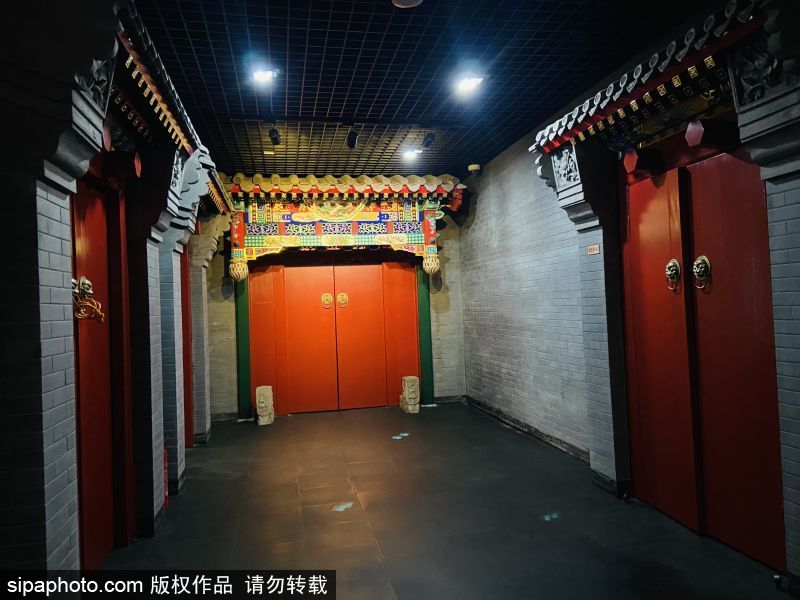
The Beijing Dongcheng District Intangible Cultural Heritage Museum covers an area of 950 square meters. One of its most striking features is a centerpiece sculpture of a chrysanthemum incense burner carved from 450 kilograms of Russian jade. The museum also showcases architectural models that recreate the traditional craftsmanship of the "Yang Shi Lei" family, renowned for their architectural expertise. Other notable exhibits include the "Shi Zhang Zhu Lian", one of China's five famous chrysanthemums, entirely crafted from silk, as well as nostalgic "velvet birds" and "velvet flowers." Additionally, there are charming displays like "Mao Hou" figures hosting a wedding banquet in a miniature courtyard, evoking fond childhood memories.
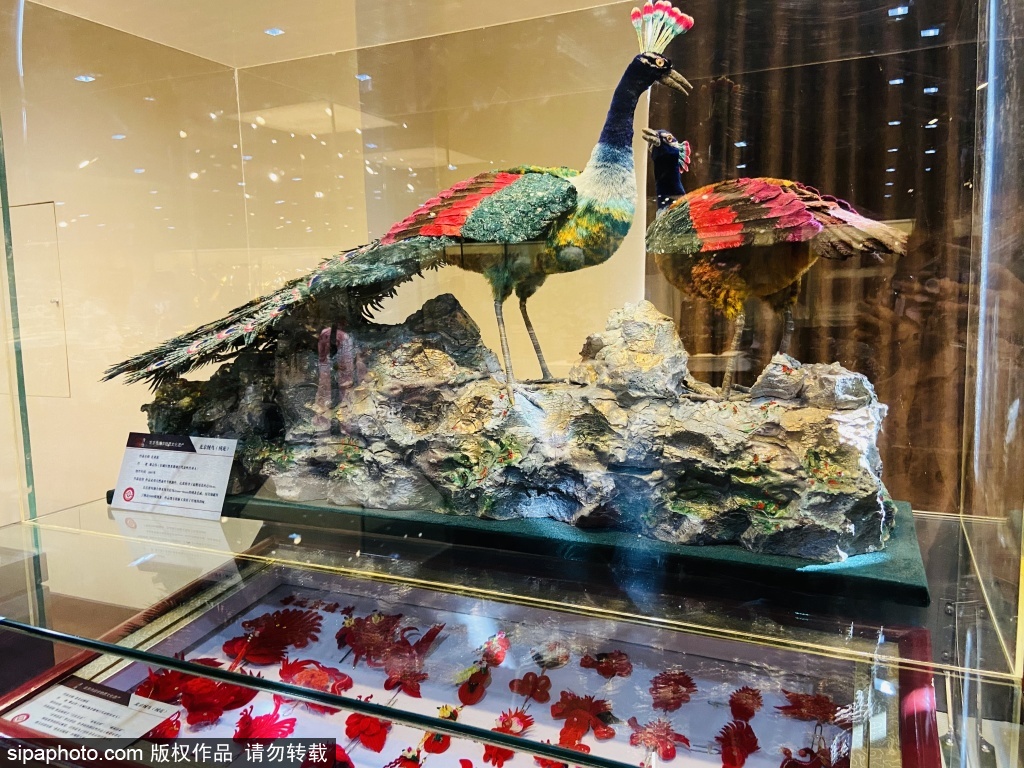
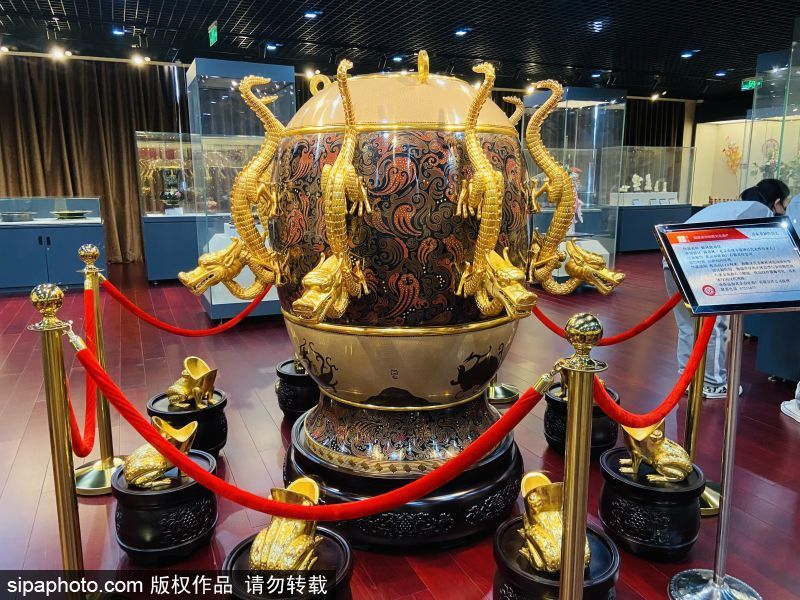
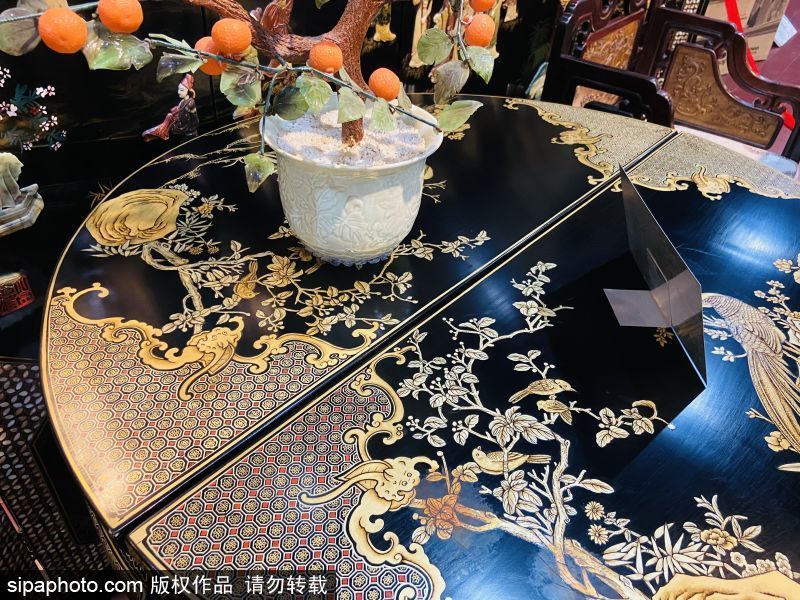
The Beijing Dongcheng District Intangible Cultural Heritage Museum features over 180 exhibits covering dozens of intangible cultural heritage projects. Additionally, the museum houses a "museum within a museum"—the city's first woodworking experience center. In the center, traditional woodworking tools along with various mortise and tenon joints, are on display. Visitors can make appointments to experience assembling and disassembling these intricate joints and even craft small wooden furniture items like benches or small desks by hand.
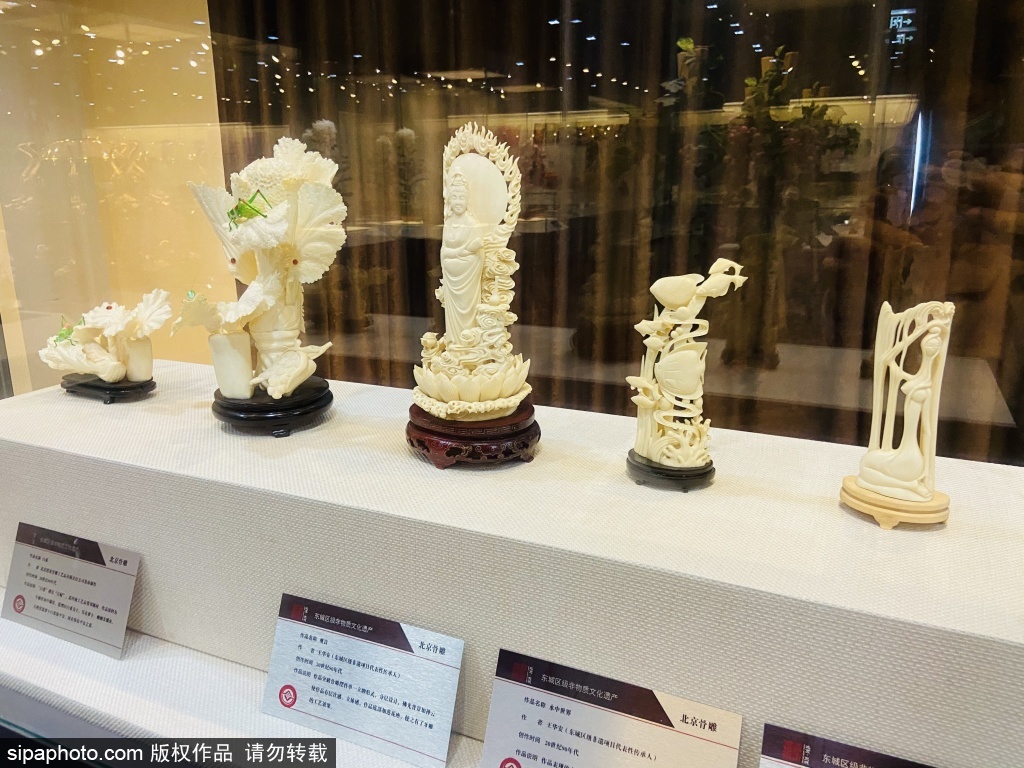
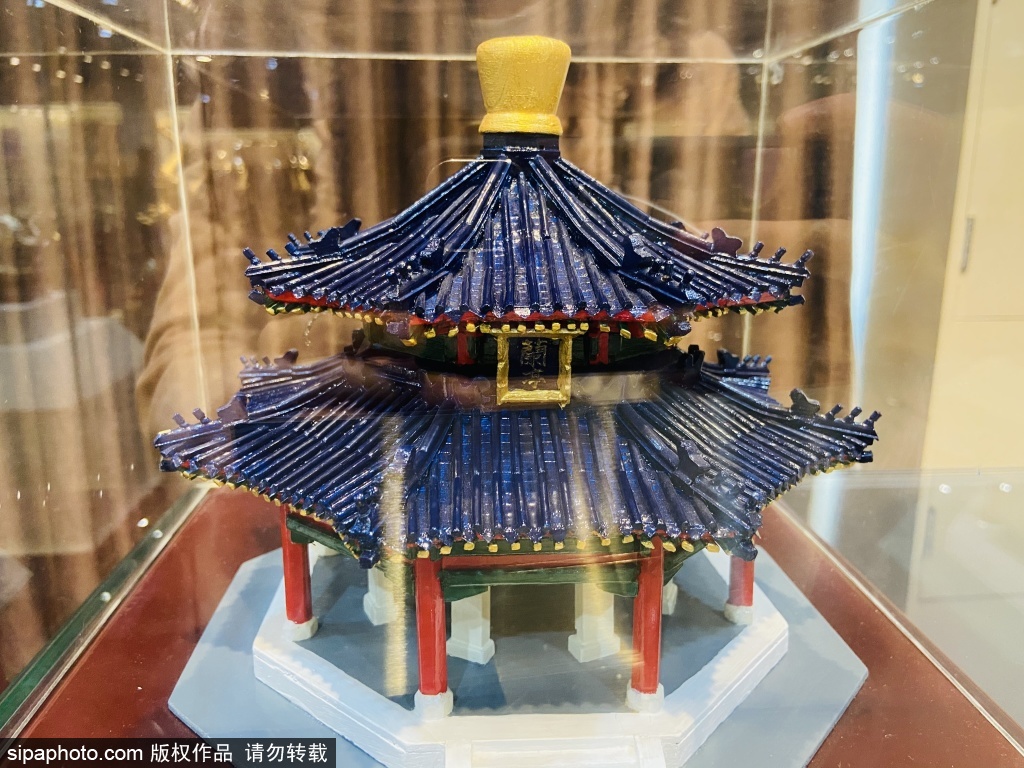
The Dongcheng District Intangible Cultural Heritage Museum captivates visitors with its unique charm, offering a profound display of intangible cultural heritage. It serves as an important venue for the preservation and promotion of these rich cultural traditions, playing a key role in passing down and celebrating the essence of intangible cultural heritage.
Address: fourth floor of the Dongcheng District Second Cultural Center, Beijing.
Cloisonné Art Museum of China
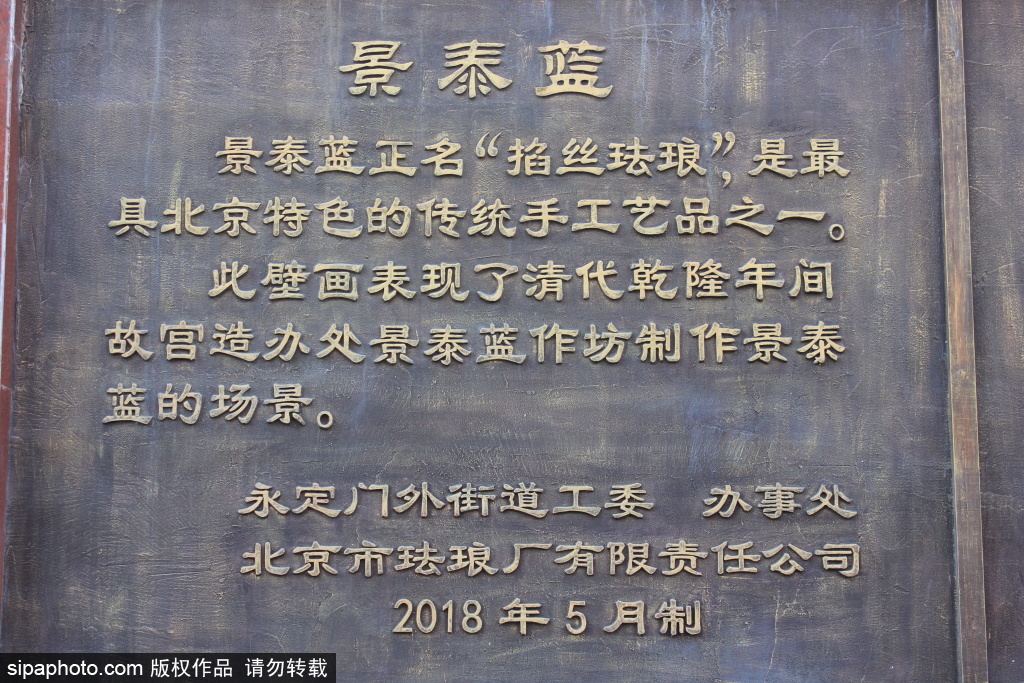
The Cloisonné Art Museum of China, located within the Beijing Enamel Factory, is the first of its kind in China dedicated to this art form.
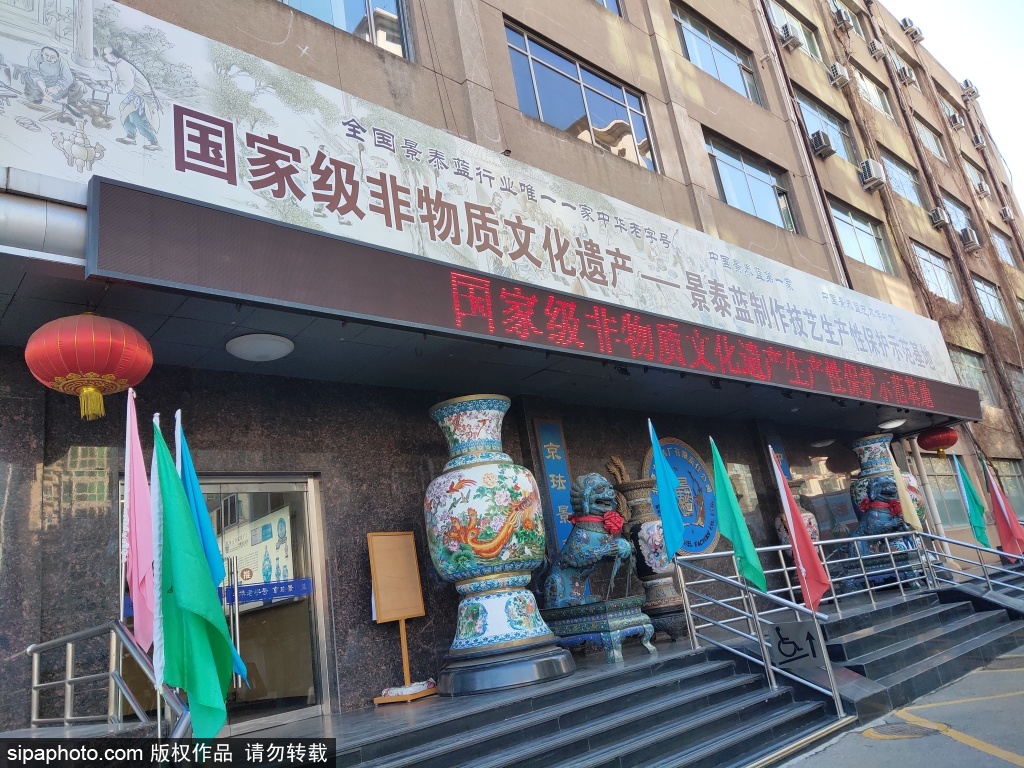
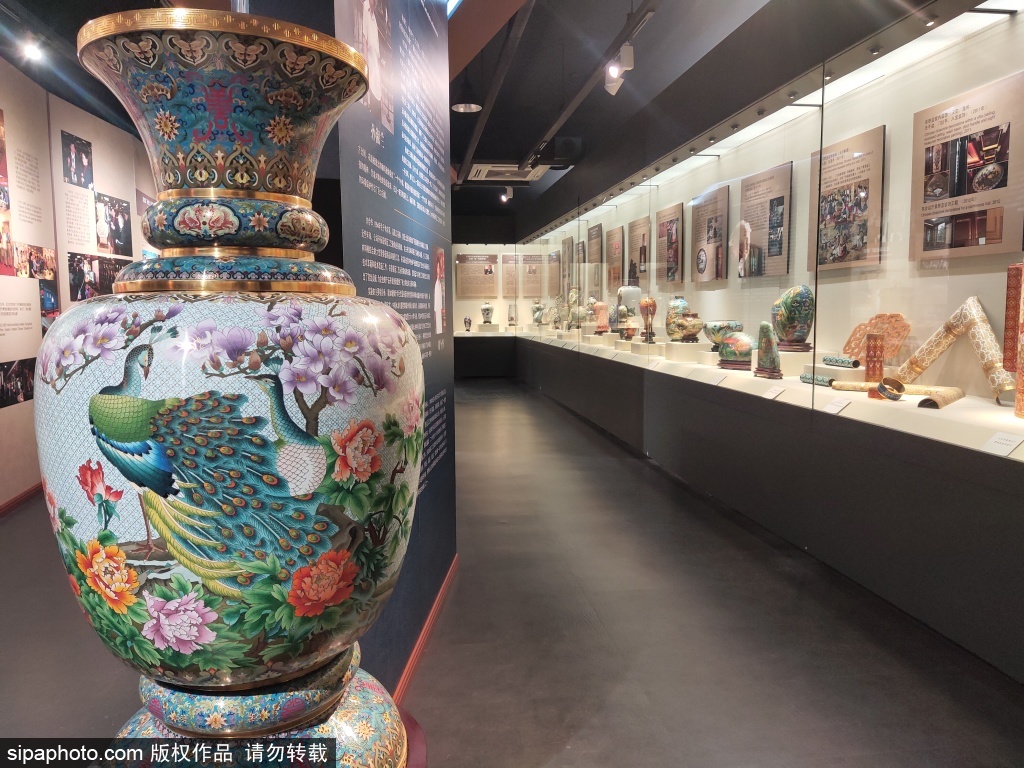
The museum chronicles the development of the enamel factory for more than 60 years, displaying cloisonne of all periods and many other classic works. Upon entering, visitors step into a glittering and colorful world of Cloisonné, experiencing the vicissitudes of this royal handicraft and its complex history. The museum displays classic masterpieces crafted by Cloisonné masters from various dynasties. Visitors often find themselves dazzled by the craftsmanship passed down through generations.

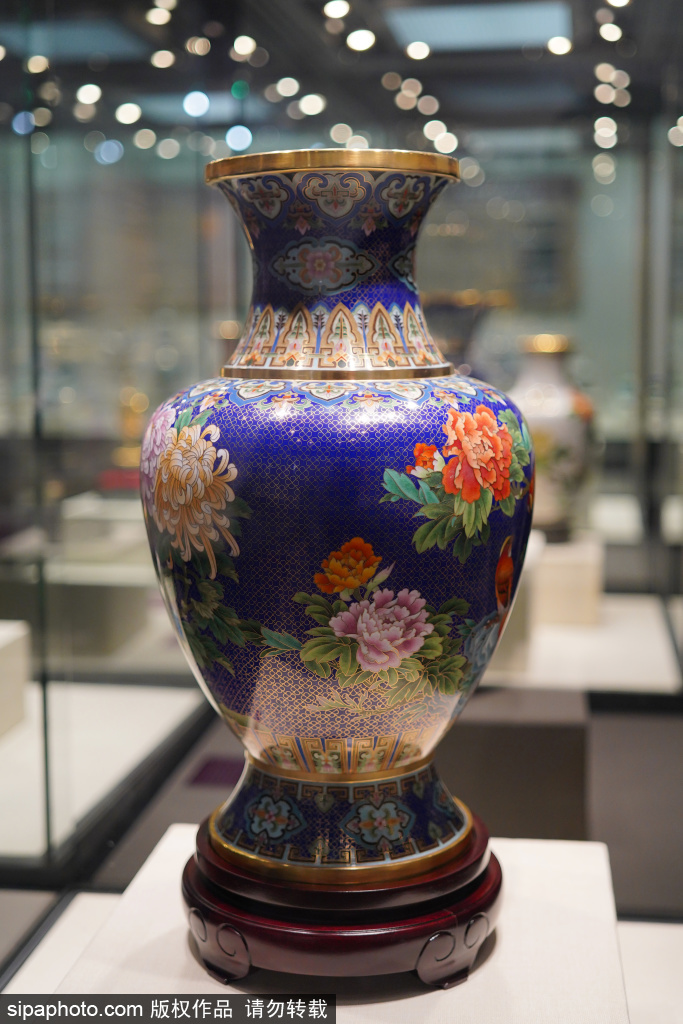
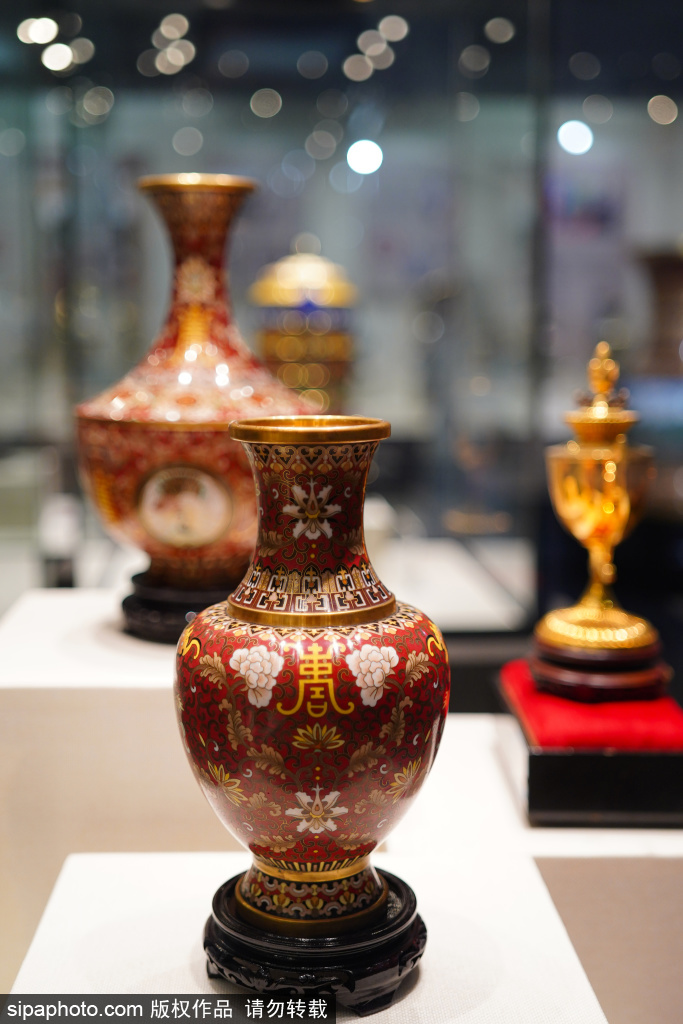
The museum has two exhibition halls: the East Hall and the West Hall. The East Hall presents a chronological display of the history and development of the Chinese treasure. It is divided into four sections: Rescue and Restoration, Inheritance and Development, Exploration and Innovation, and Company Honors. The West Hall, known as the Treasure Hall, meticulously displays numerous exquisite cloisonné artifacts from the Ming and Qing dynasties.
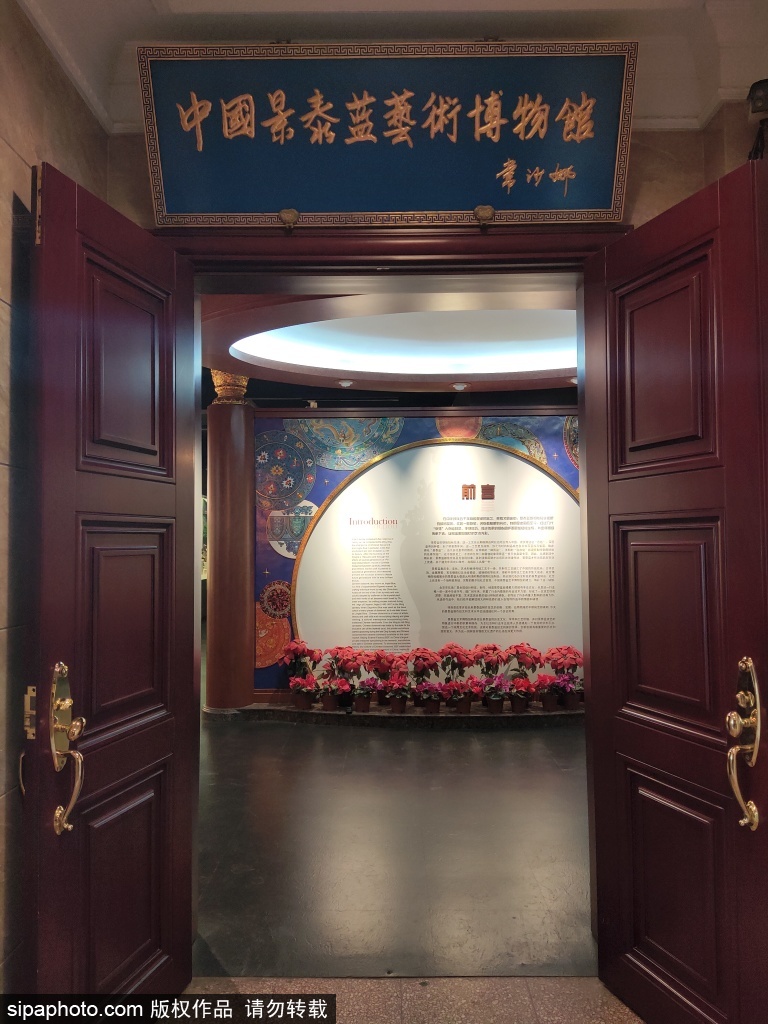
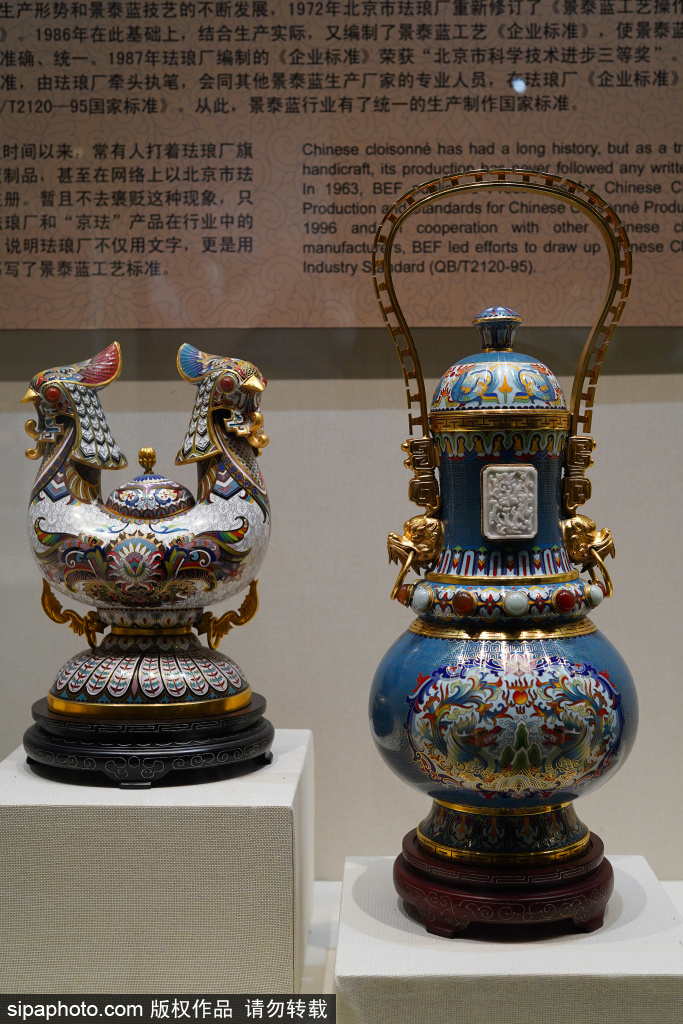

Additionally, the museum features over 1,000 square meters dedicated to technique demonstrations, interactive areas, and a multimedia research room. Visitors can observe the cloisonné production process, interact with masters, and participate in techniques such as wire cloisonné and enamel dotting under the guidance of senior craftsmen. To better promote the culture of cloisonné, the museum employs over ten domestic experts, masters, and scholars as consultants, offering lectures on cloisonné history, culture, appraisal, collection, and preservation.
Here, you can not only admire beautiful art pieces but also gain in-depth knowledge about the history, culture, and production techniques of cloisonné, experiencing the unique charm of this traditional art.
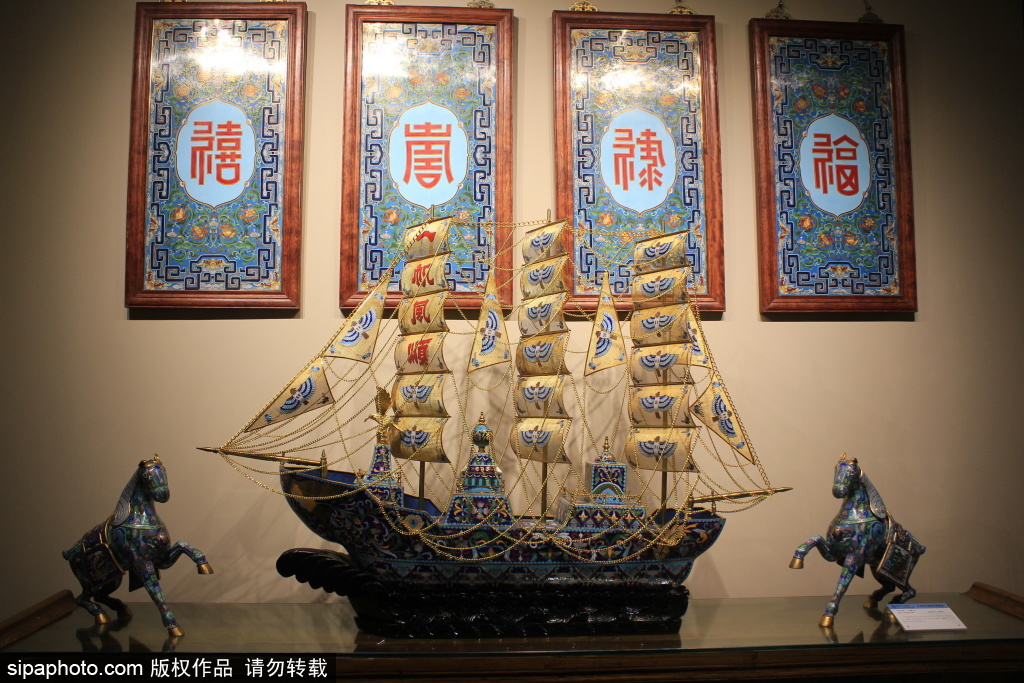
Address: No.10 Anlelin Lu (Rd), Yongwai, Dongcheng District, Beijing



